Another stacked WR class has vet pass-catchers on outside looking in

With NFL free agency winding down as it approaches the midway point of its fourth week, it’s a pretty easy case to make that no position has more big-name talent still available than wide receiver. Of the top dozen or so most accomplished free agents who remain unsigned, at least five of them are veteran pass-catchers with some pretty glitzy résumés: Wes Welker, Michael Crabtree, Greg Jennings, Reggie Wayne and Hakeem Nicks.
Age, injury history and declining production obviously have plenty to do with the presence of those five in the league’s unclaimed freight department. But so too might the NFL’s shifting youth versus experience debate when it comes to the approach teams take in stocking their receiver depth charts.
• 2015 NFL Mock Draft: Intrigue starts at No. 3 | Latest NFL rumors
For decades, it was an accepted NFL tenet that rookie receivers routinely faced one of the toughest transitions to the pro game, with typically limited or mediocre first-year production and impact. Receivers tended to require a two-to-three season period of development, a window in which they mastered the more intricate and precise route-running skills needed in the league and learned to deal with the demands of facing better defenders and more sophisticated coverages. Many, of course, never did, and the success rate traditionally stayed low.
But that was then, and this is now. Given the dazzling results of last year’s receiver draft class—the NFL’s greatest of all time in terms of rookie production—and another deep and talent-laden crop of pass-catchers about to load into the league’s personnel pipeline again this spring, it’s undoubtedly not the best time to be a veteran free-agent receiver. Consider it the dawn of the league’s A.B. era, or After Beckham.
More and more teams seem to be coming around to the forward-thinking trend that you can get what you need at receiver in the draft, without having to sacrifice instant impact. It’s why numerous clubs are opting to spend less at the position in free agency, with the calculation that they can get more bang for the buck in the draft, finding gems even in the bargain basement later rounds.
The NFL's Old Faces in New Places
DeMarco Murray, RB
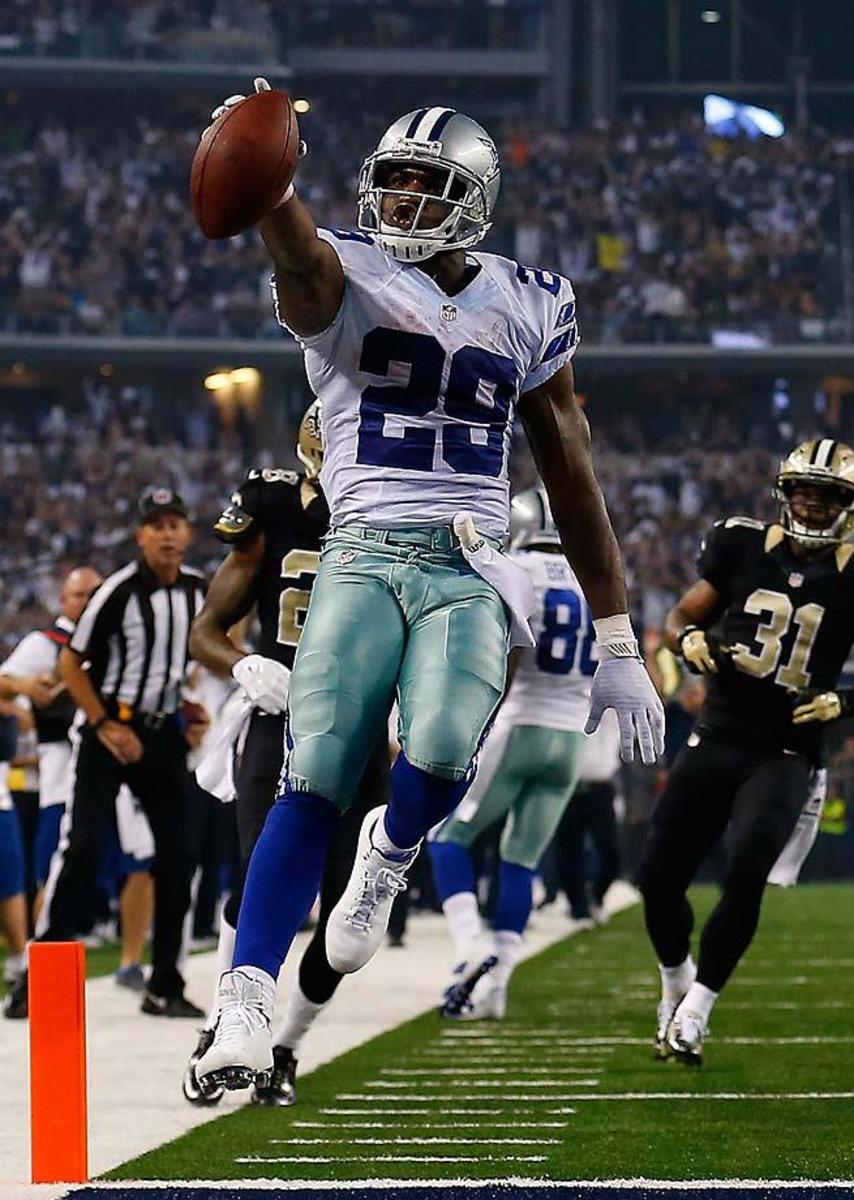
Here are some of the NFL players who'll be with a different team when the 2015 season opens, beginning with DeMarco Murray, who's moving on from the Dallas Cowboys to NFC East rival Philadelphia Eagles.
LeSean McCoy, RB

Old team: Eagles; New team: Bills
Ndamukong Suh, DT

Old team: Lions; New team: Dolphins
Jimmy Graham, TE

Old team: Saints; New team: Seahawks
Darrelle Revis, CB
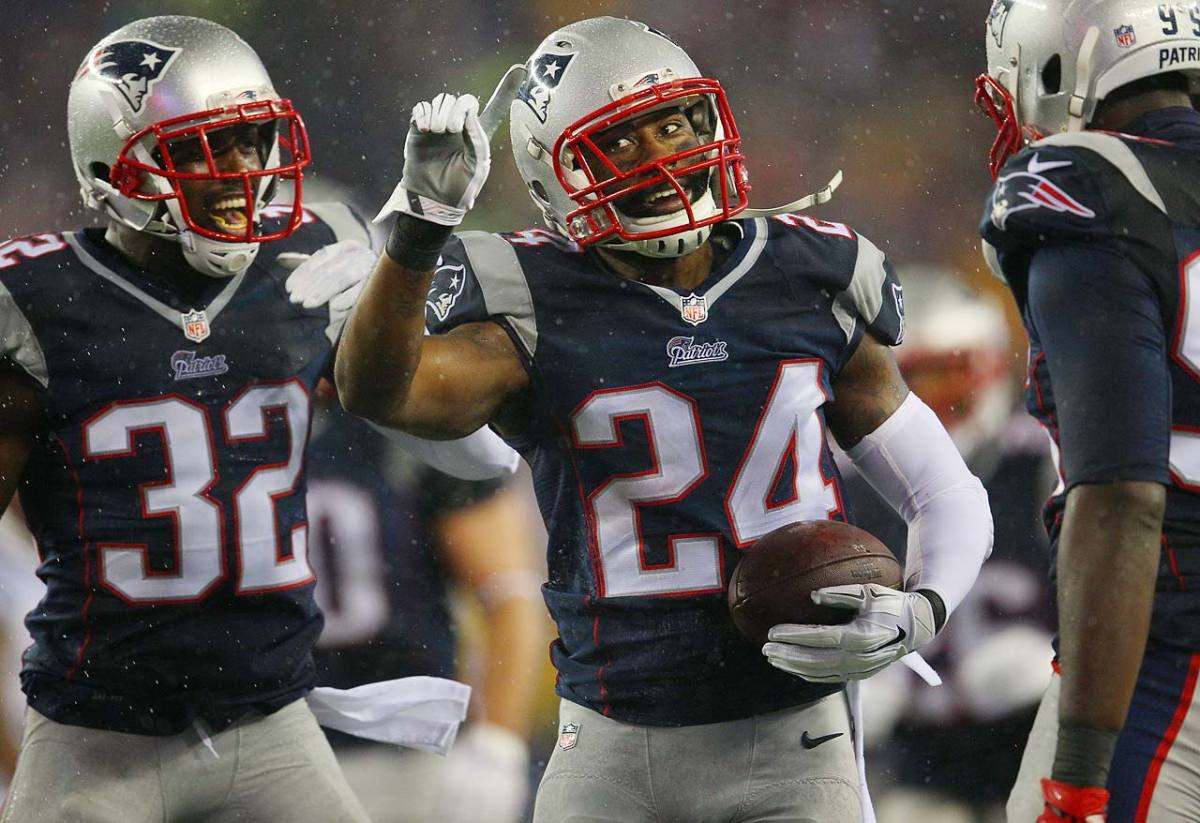
Old team: Patriots; New team: Jets
Brandon Marshall, WR
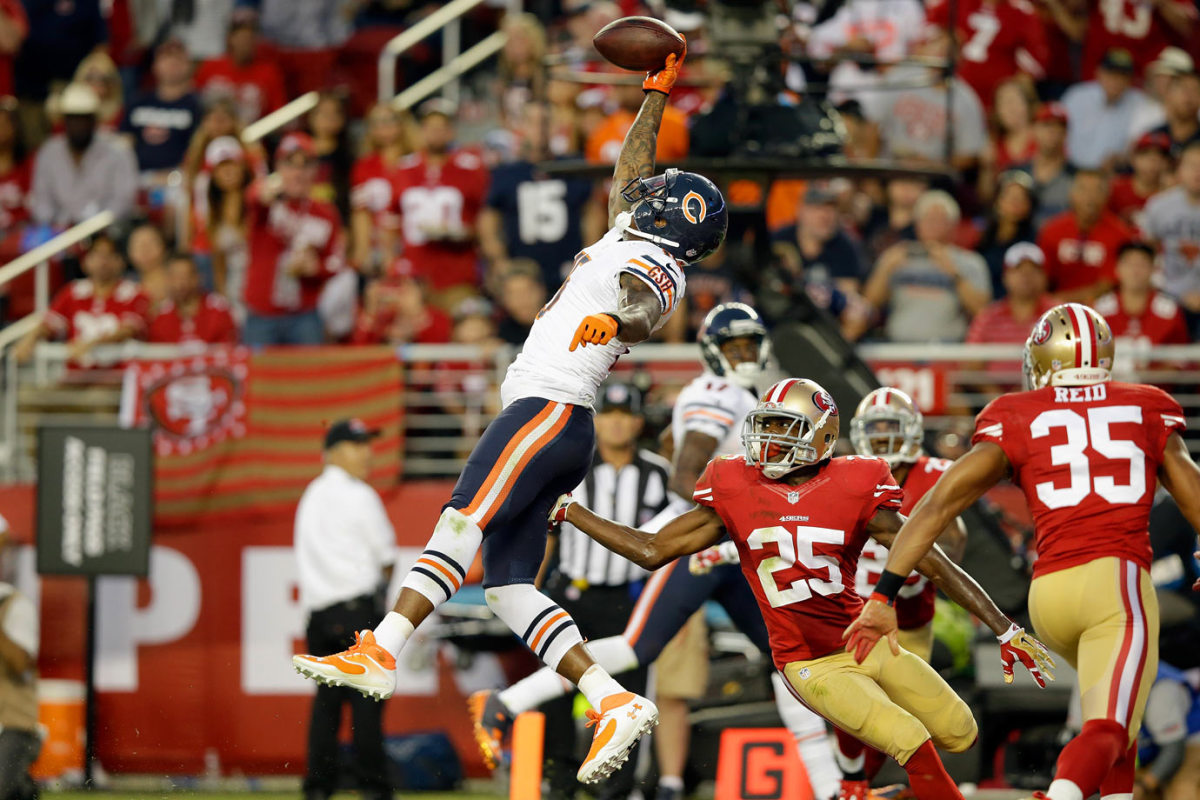
Old team: Bears; New team: Jets
Darren McFadden, RB
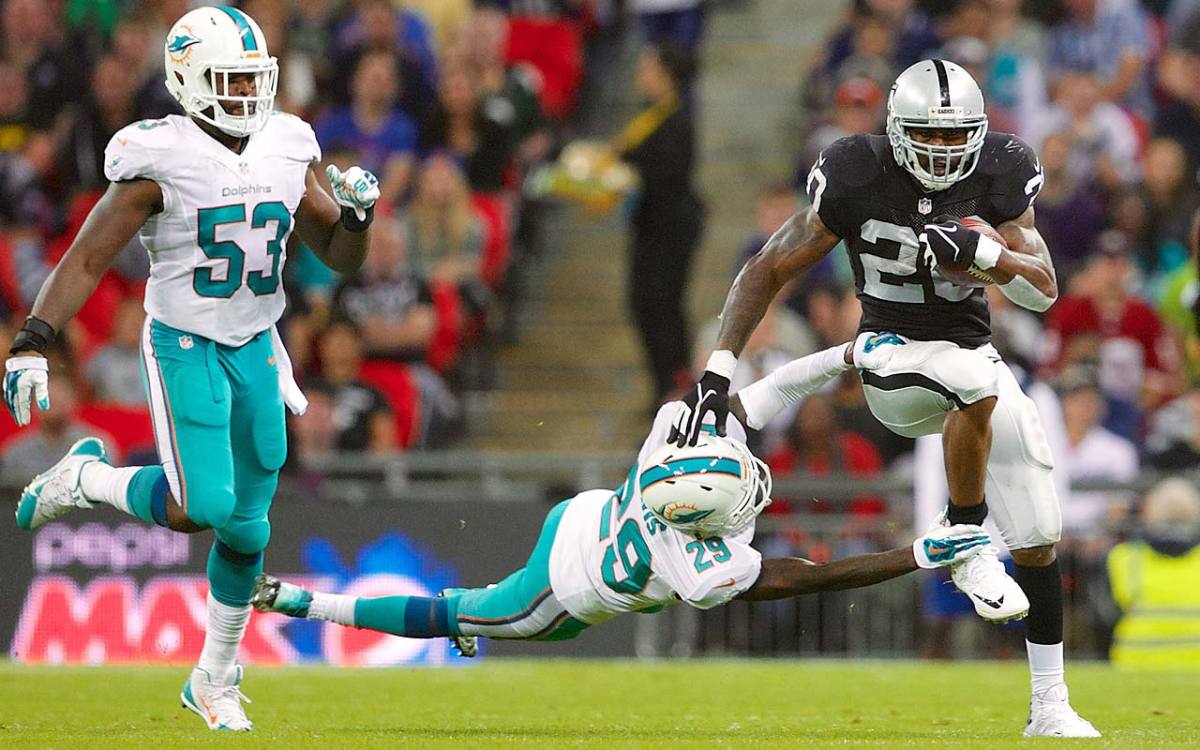
Old team: Raiders; New team: Cowboys
Haloti Ngata, DT
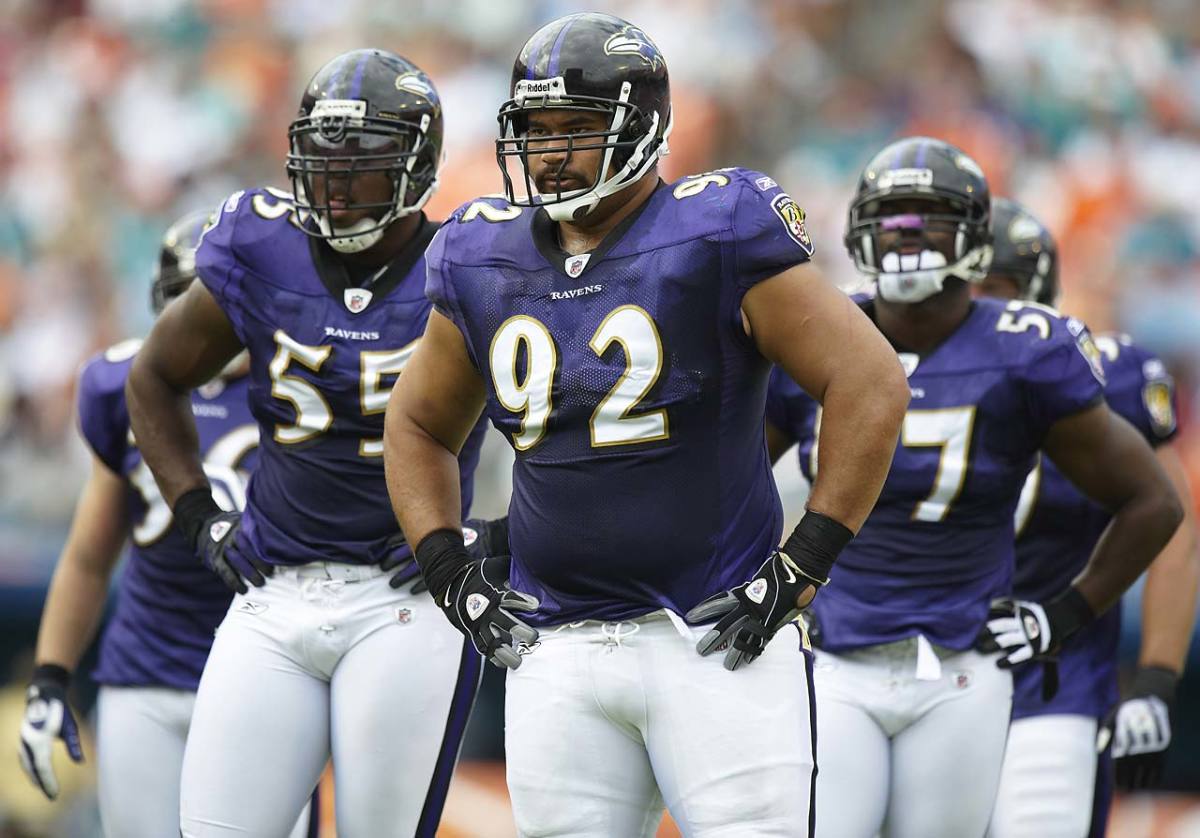
Old team: Ravens; New team: Lions
Julius Thomas, TE
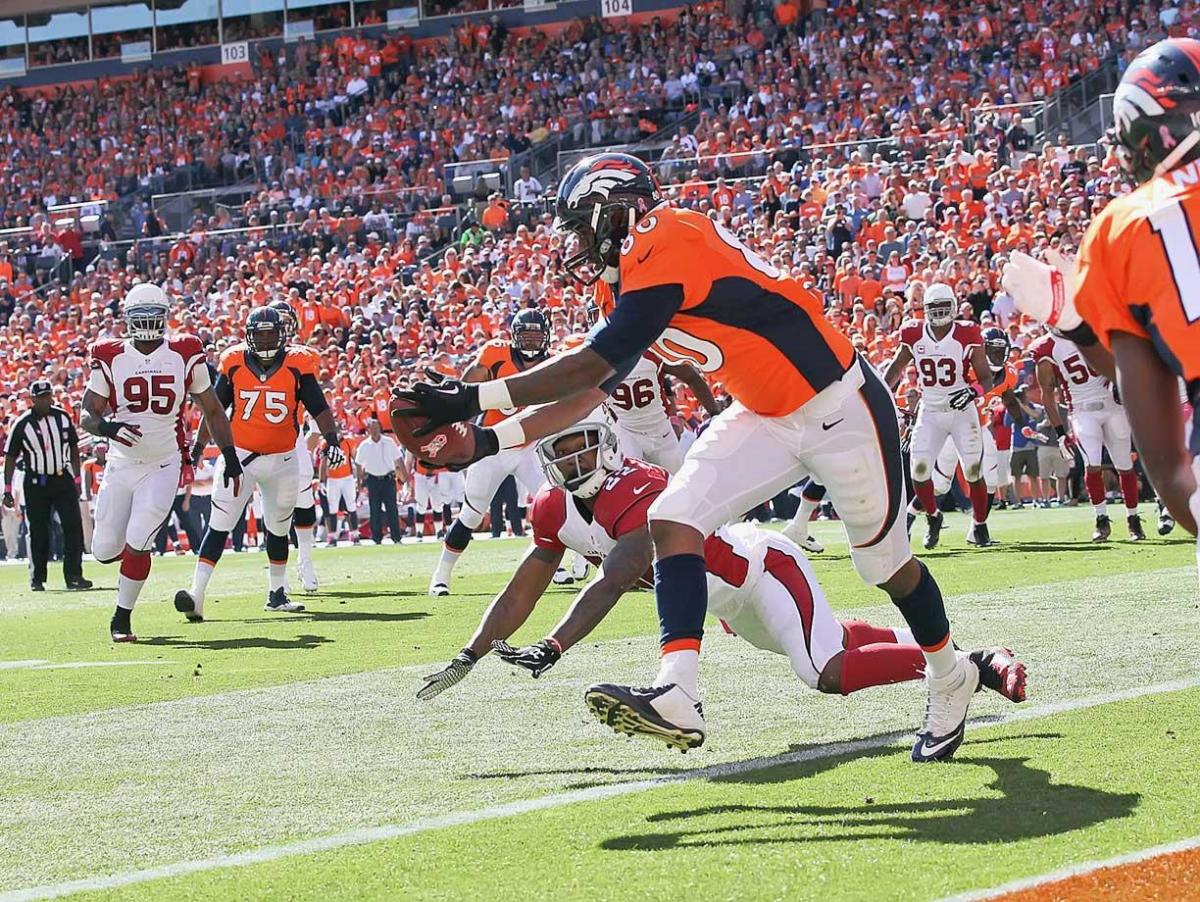
Old team: Broncos ; New team: Jaguars
Frank Gore, RB

Old team: 49ers; New team: Colts
Antrel Rolle, SS
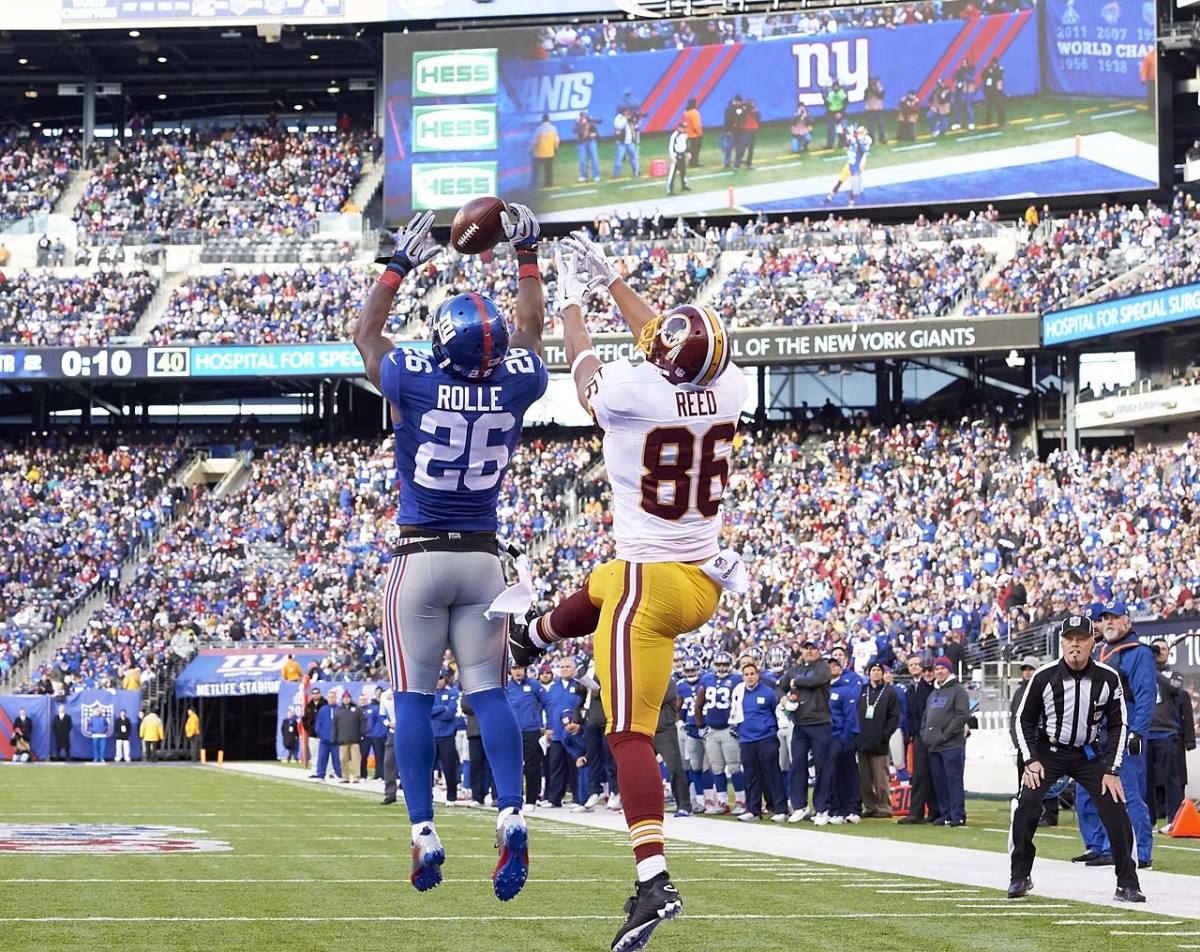
Old team: Giants; New team: Bears
Nick Foles, QB

Old team: Eagles; New team: Rams
Sam Bradford, QB

Old team: Rams; New team: Eagles
Jeremy Maclin, WR

Old team: Eagles; New team: Chiefs
Torrey Smith, WR
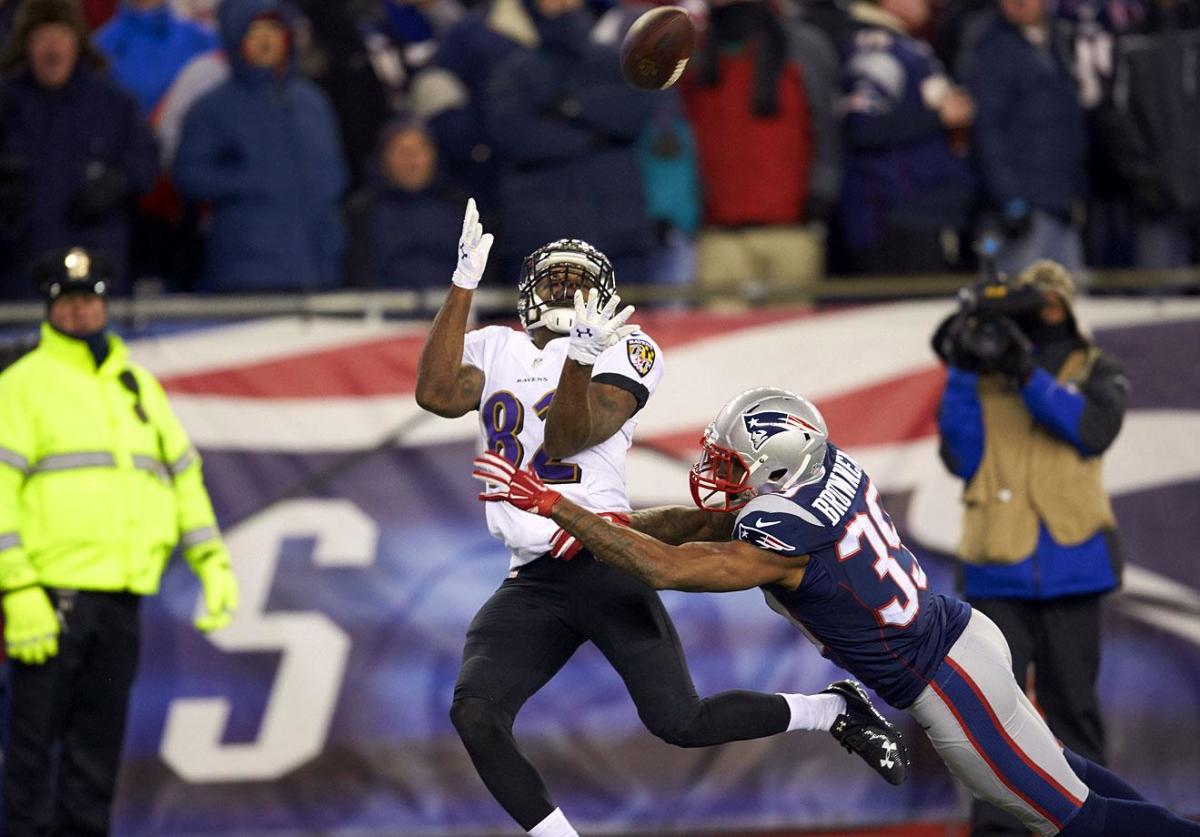
Old team: Ravens; New team: 49ers
Andre Johnson, WR

Old team: Texans; New team: Colts
Byron Maxwell, CB
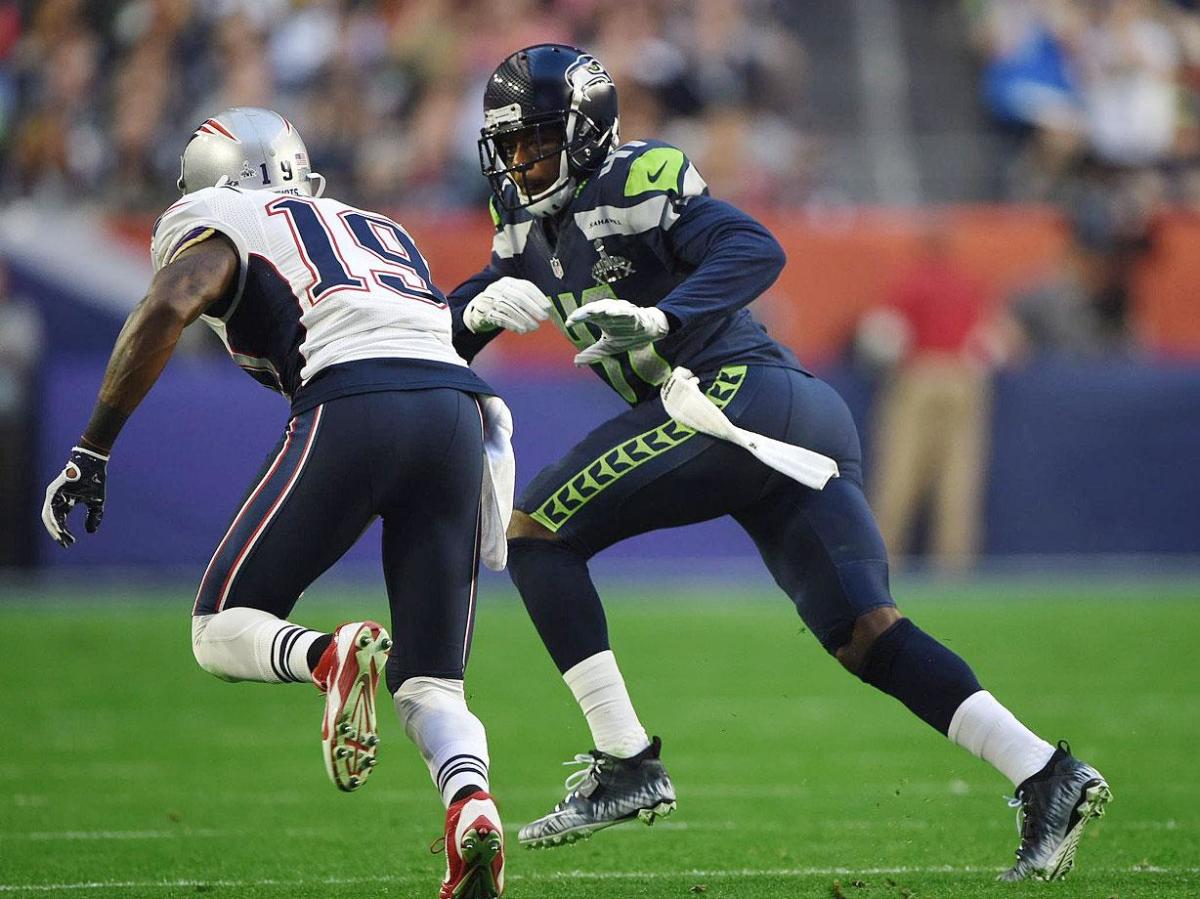
Old team: Seattle; New team: Eagles
Trent Cole, LB
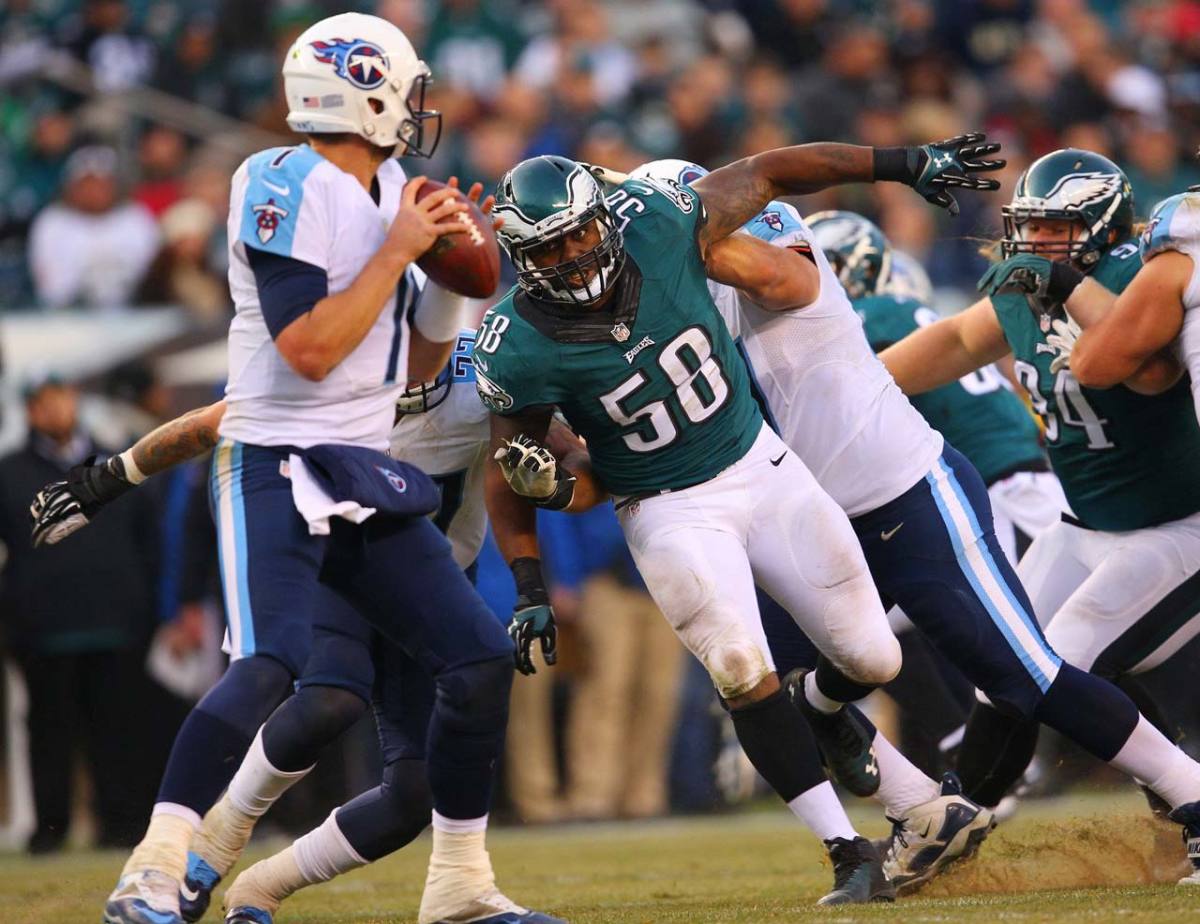
Old team: Eagles; New team: Colts
Darnell Dockett, DT

Old team: Cardinals; New team: 49ers
Shane Vereen, RB
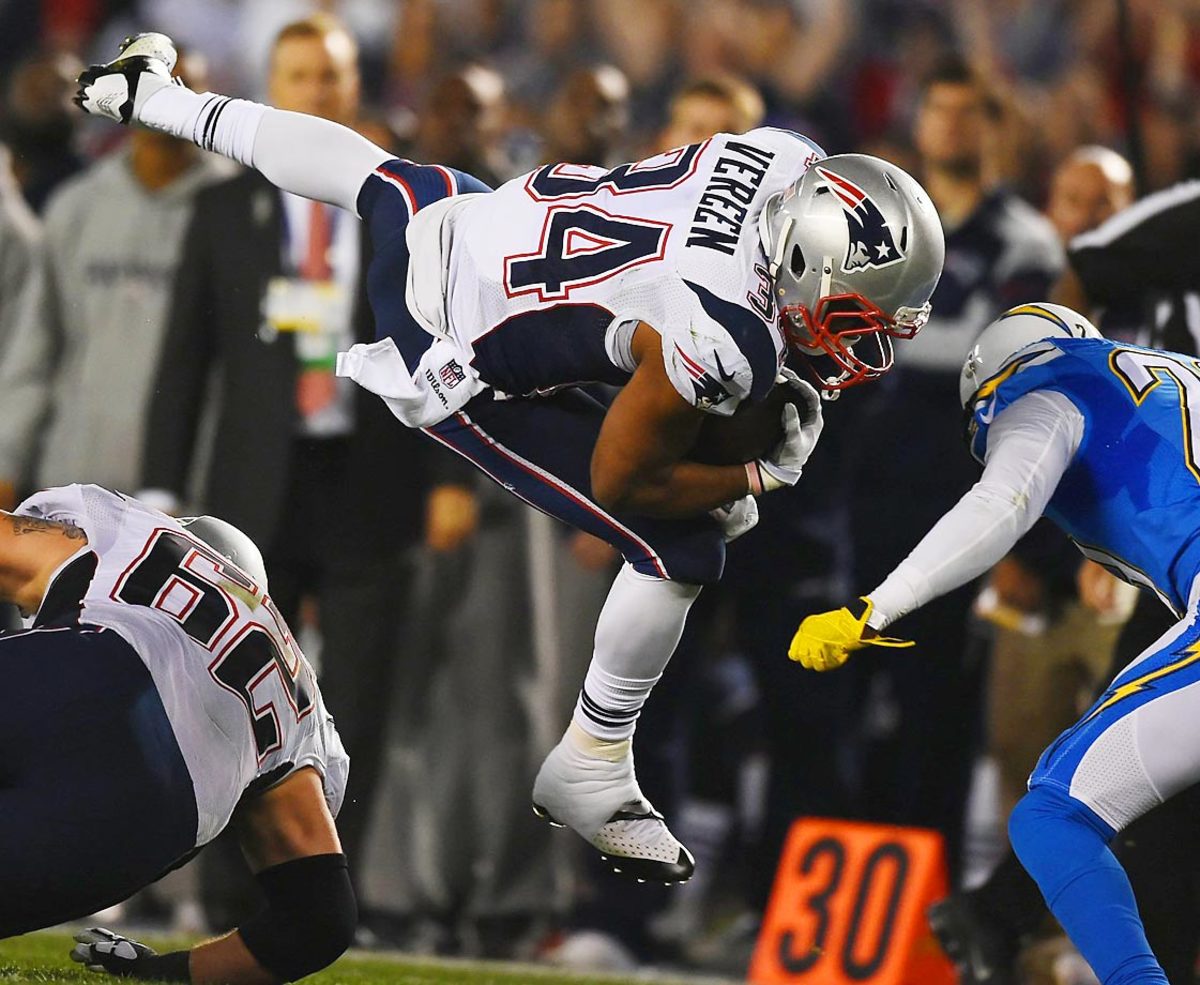
Old team: Patriots; New team: Giants
Brian Hoyer, QB

Old team: Browns; New team: Texans
Josh McCown, QB
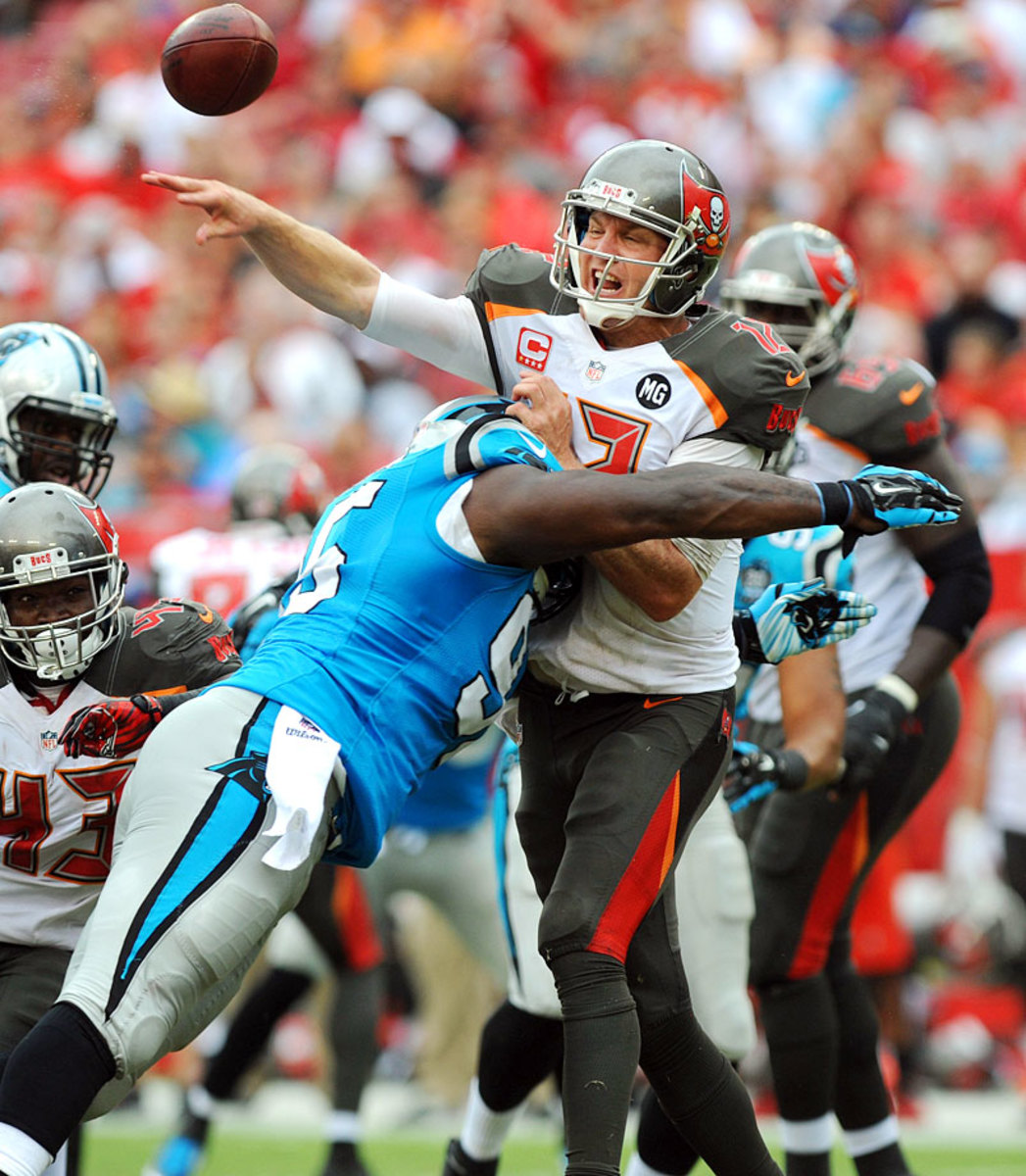
Old team: Bucs; New team: Browns
Cary Williams, CB
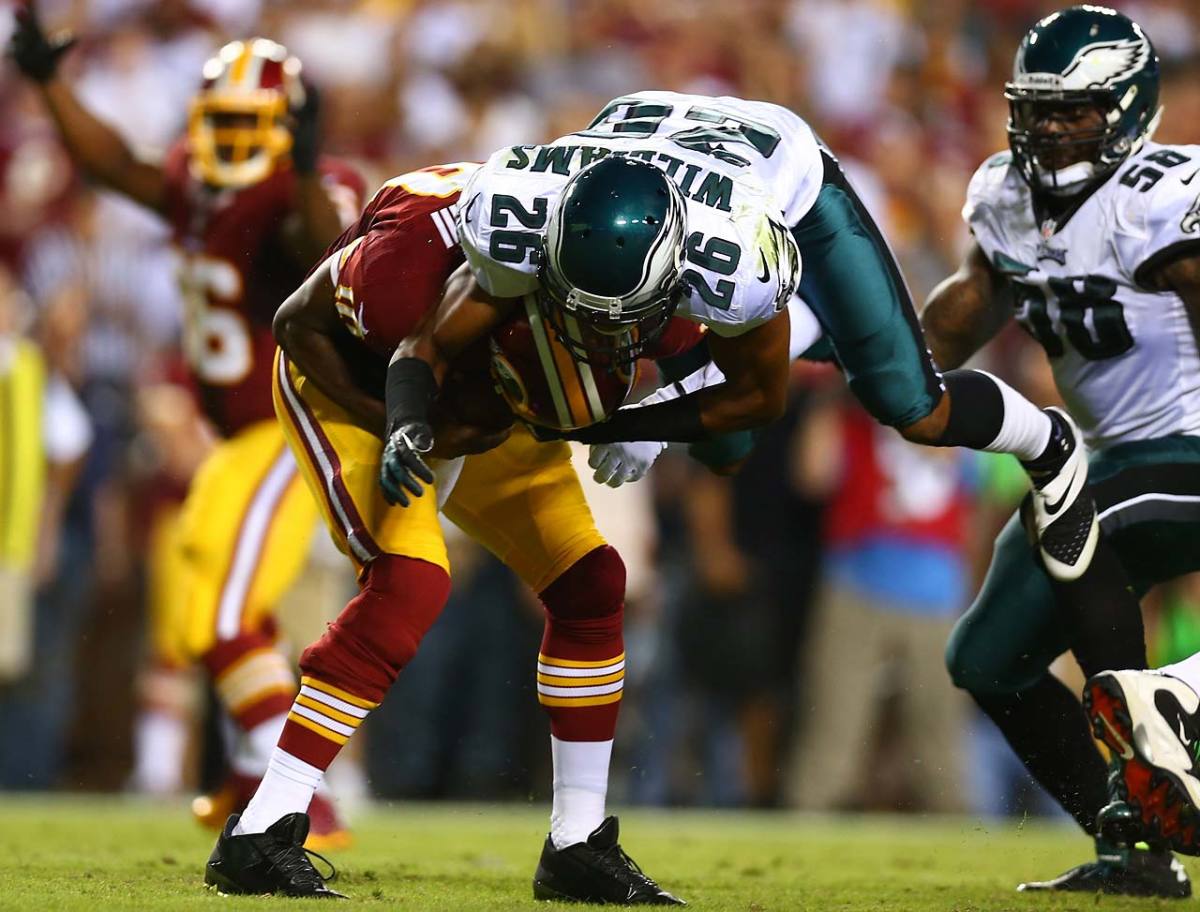
Old team: Eagles; New team: Seahawks
Matt Cassell, QB
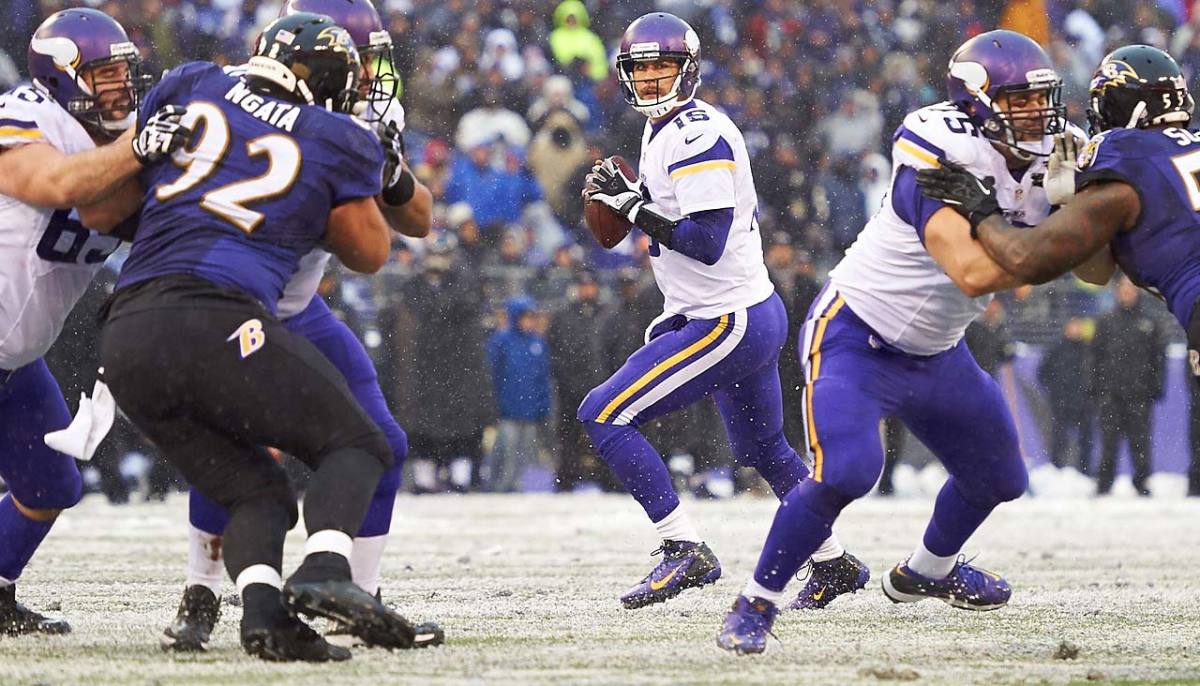
Old team: Vikings; New team: Bills
Kenny Stills, WR

Old team: Saints; New team: Dolphins
Jared Odrick, DT

Old team: Dolphins; New team: Jaguars
Jacoby Jones, WR

Old team: Ravens; New team: Chargers
Max Unger, C
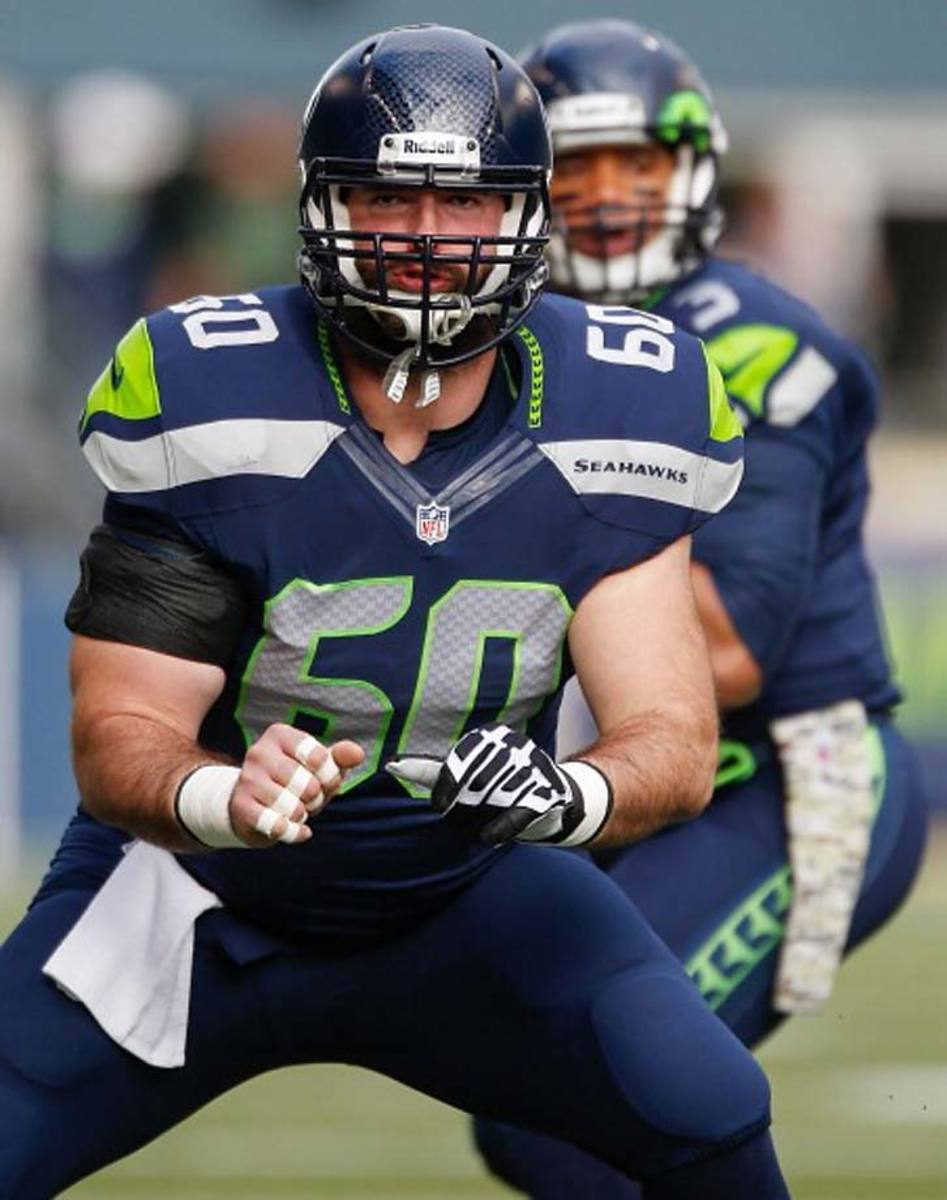
Old team: Seahawks; New team: Saints
Mike Iupati, G
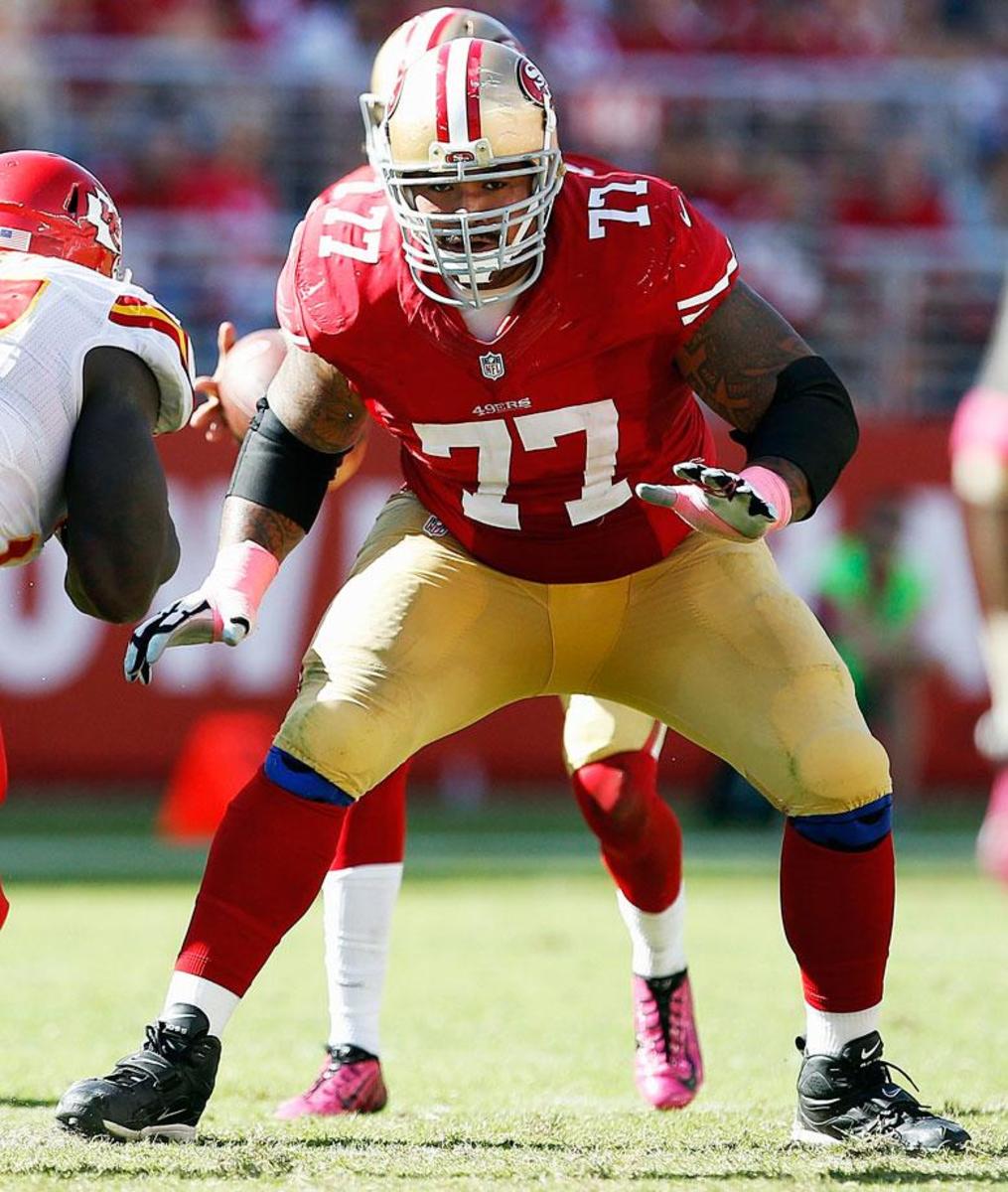
Old team: 49ers; New team: Cardinals
Rodney Hudson, C

Old team: Chiefs; New team: Raiders
Orlando Franklin, G
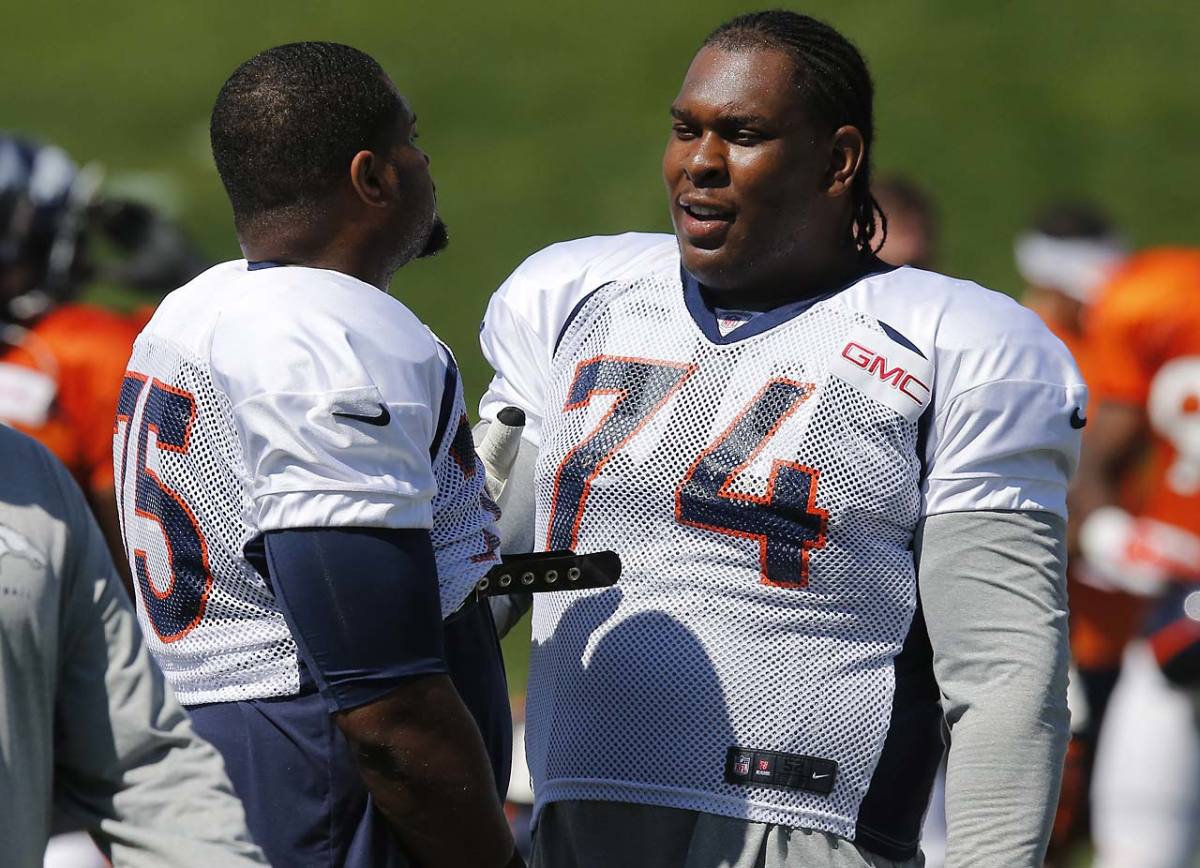
Old team: Broncos; New team: Chargers
Kiko Alonso, LB
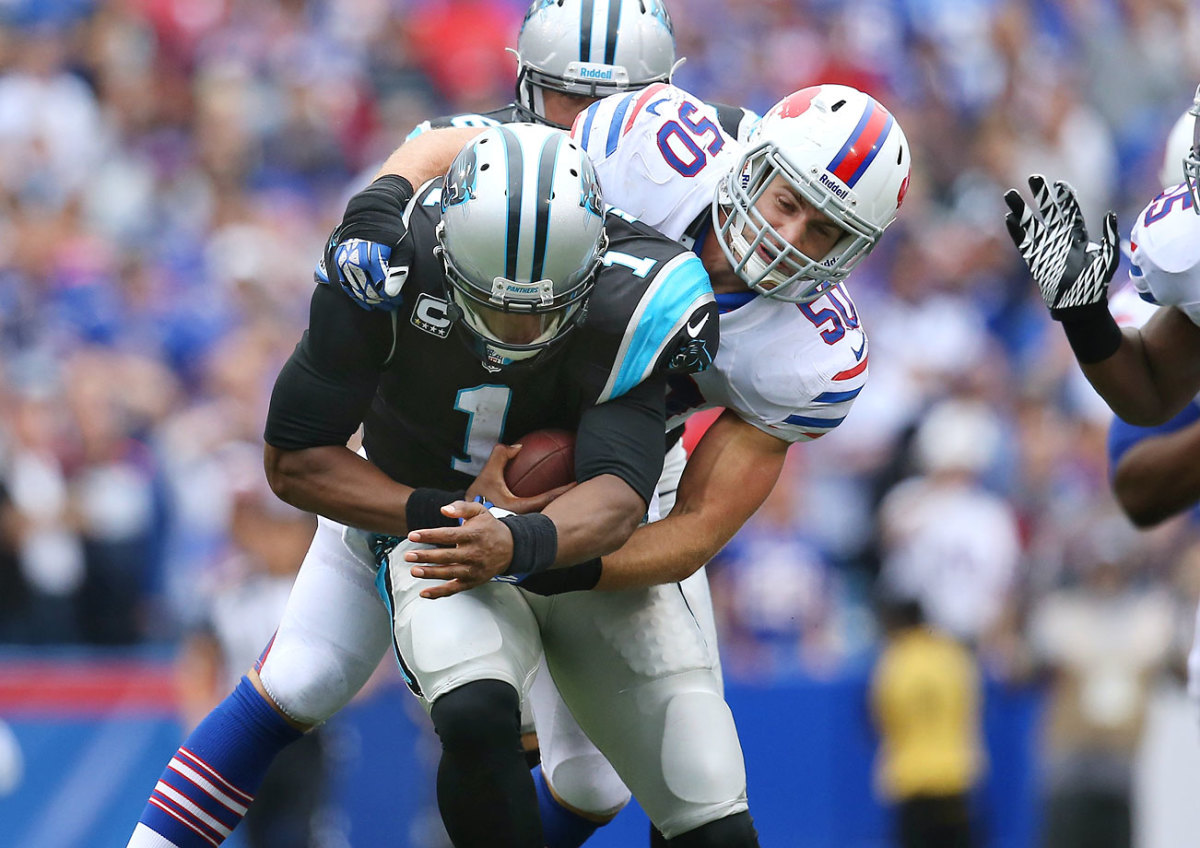
Old team: Bills; New team: Eagles
Pernell McPhee, LB
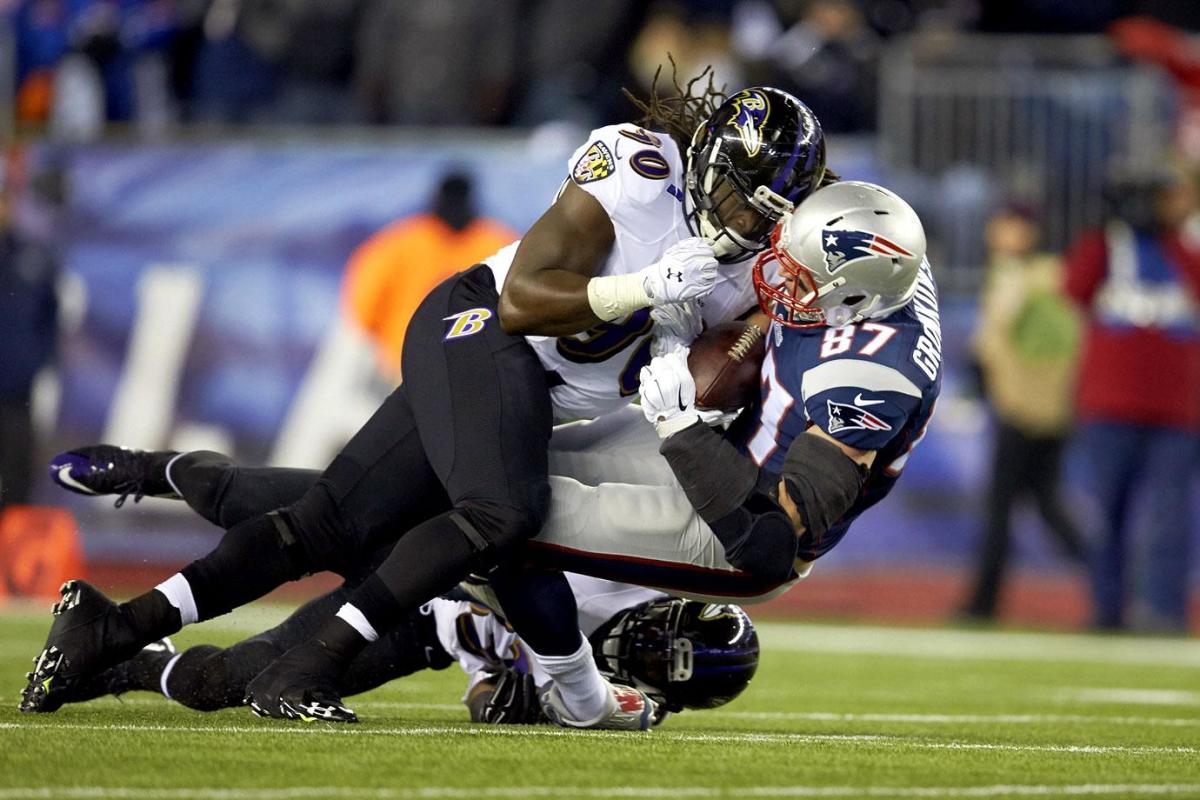
Old team: Ravens; New team: Bears
C.J. Spiller, RB

Old team: Bills; New team: Saints
Nick Fairley, DT
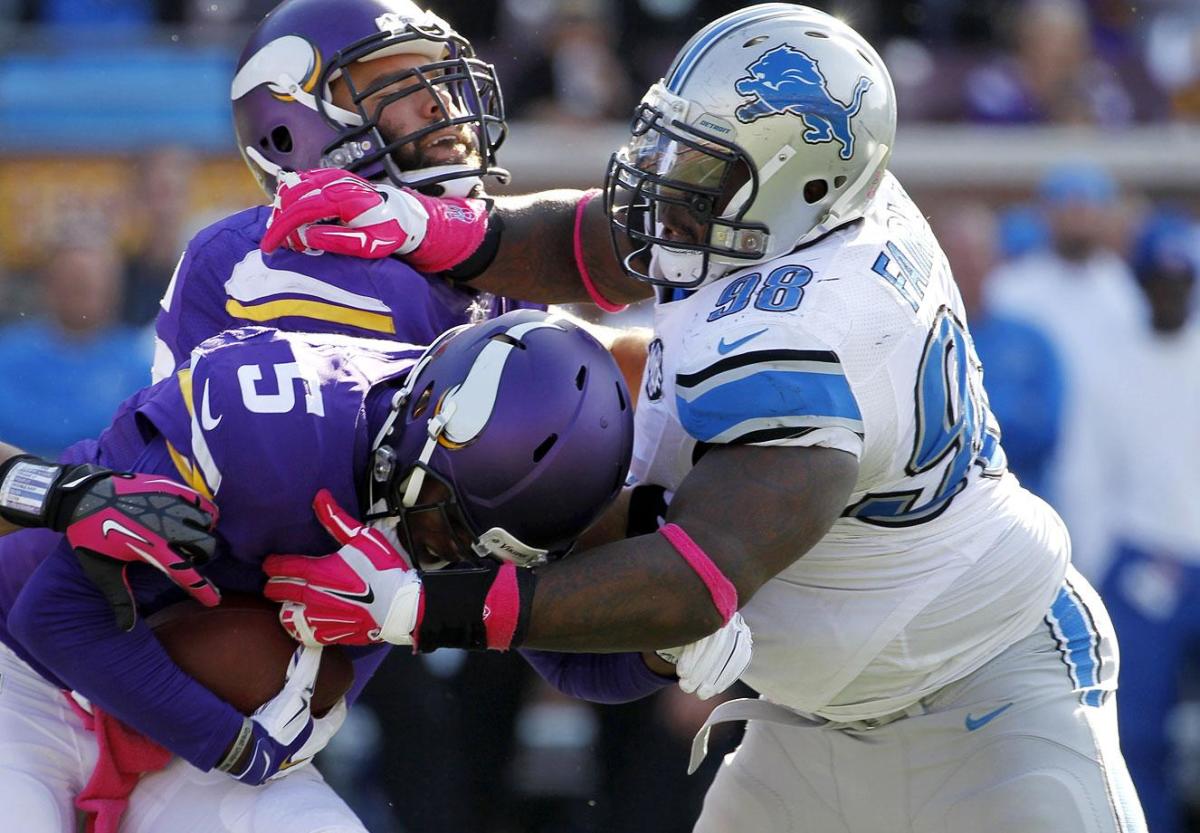
Old team: Lions; New team: Rams
Mike Wallace, WR
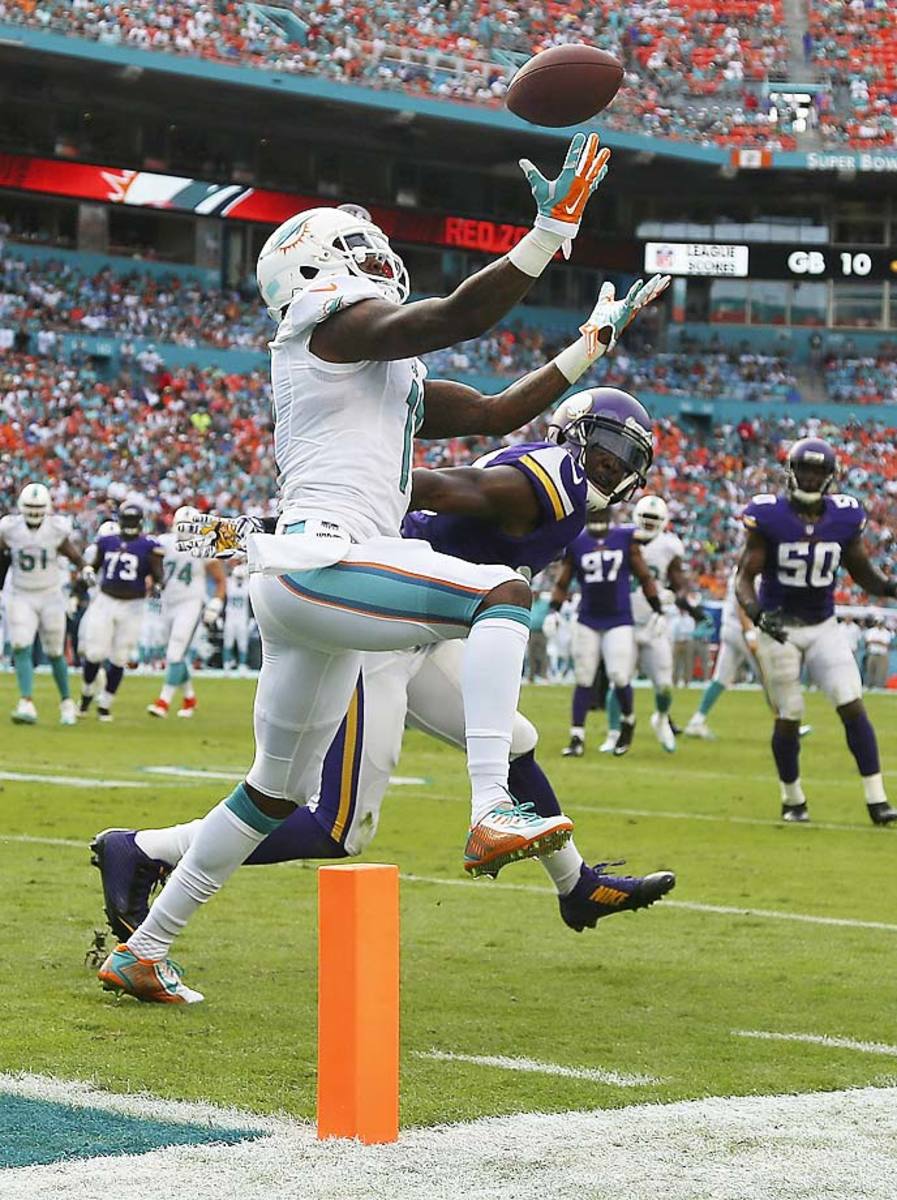
Old team: Dophins; New team: Vikings
Percy Harvin, WR
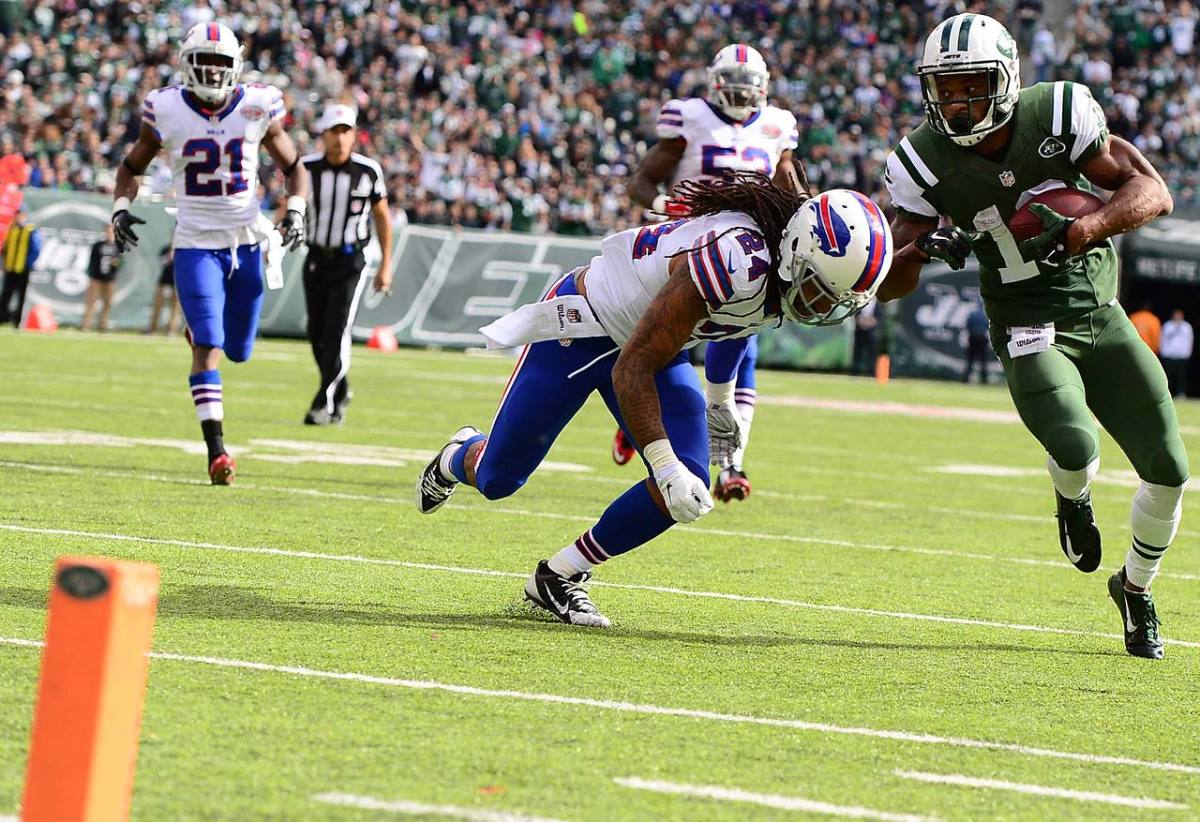
Old team: Jets; New team: Bills
Davon House, CB
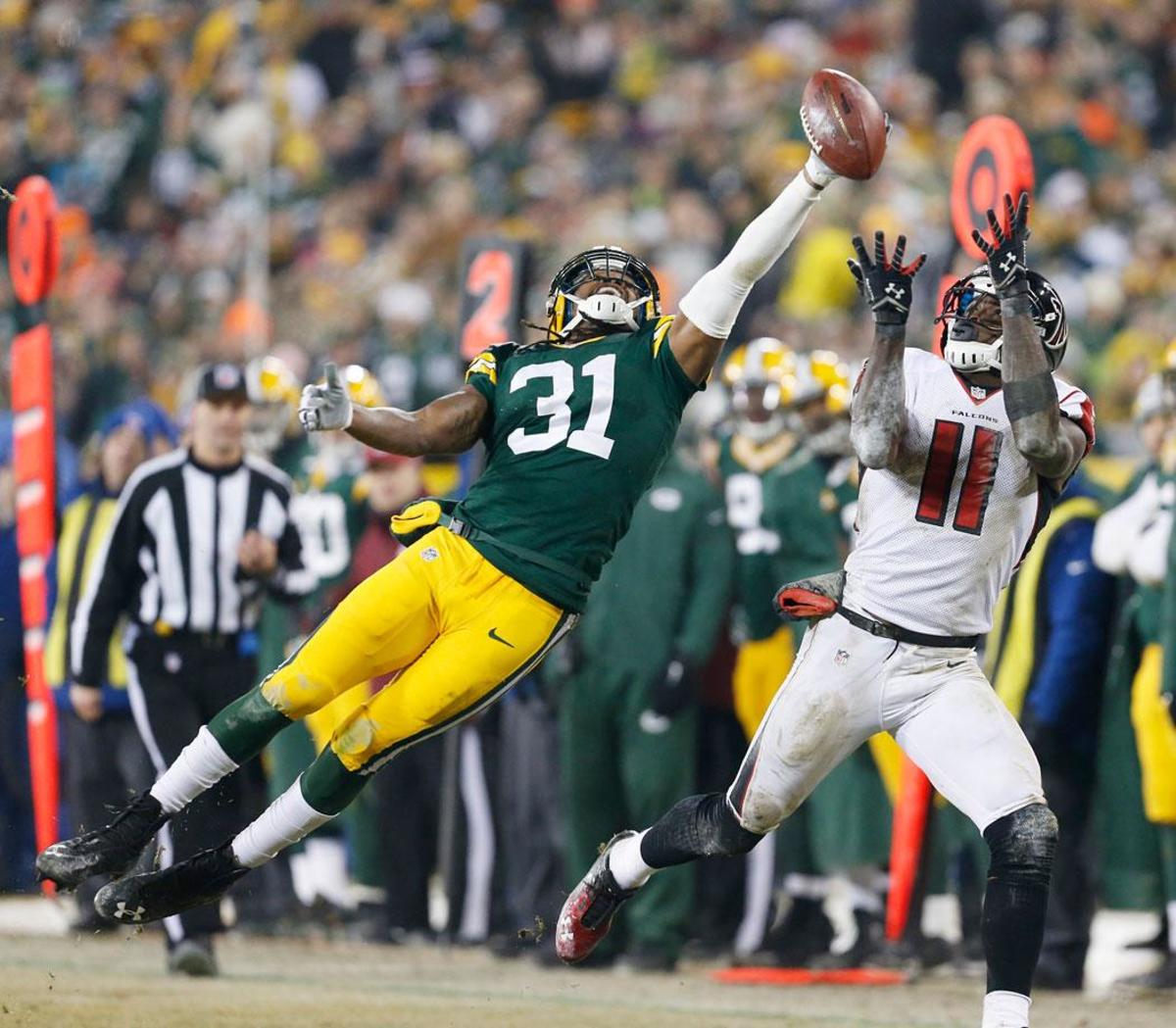
Old team: Packers; New team: Jaguars
Owen Daniels, TE

Old team: Ravens; New team: Broncos
Ryan Fitzpatrick, QB
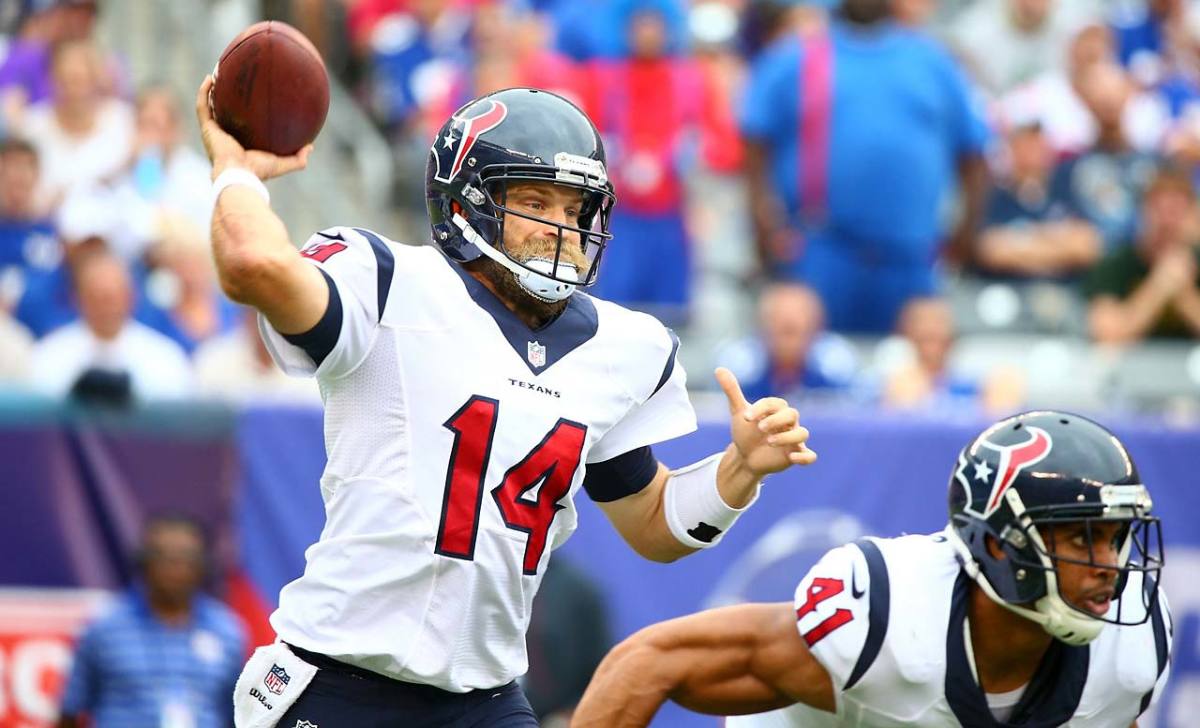
Old team: Texans; New team: Jets
Chris Culliver, CB

Old team: 49ers; New team: Redskins
Jerome Simpson, WR

Old team: Vikings; New team; 49ers
Michael Oher, OT
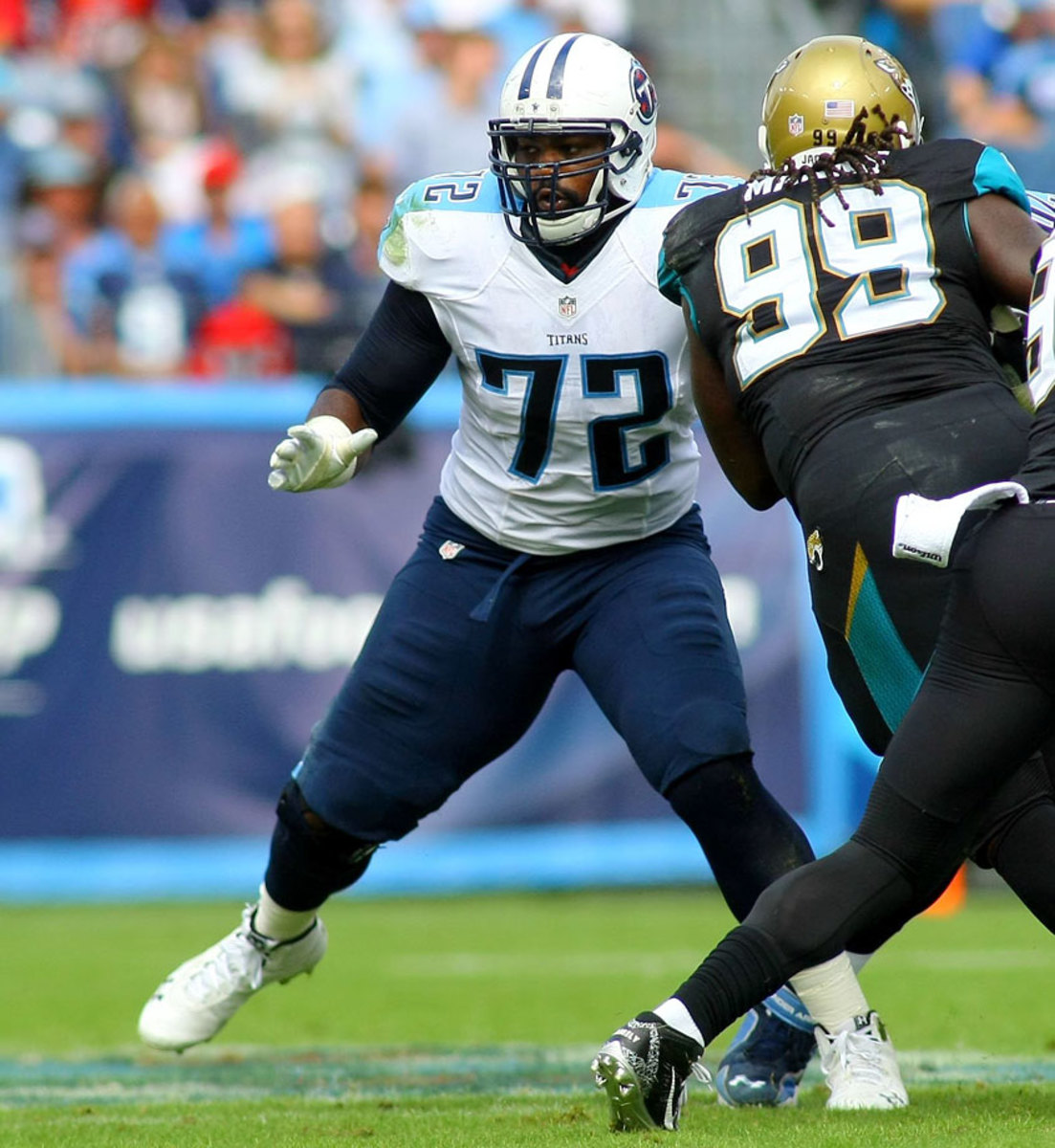
Old team: Titans; New team: Panthers
Brian Orakpo, LB

Old team: Redskins; New team: Titans
Harry Douglas, WR
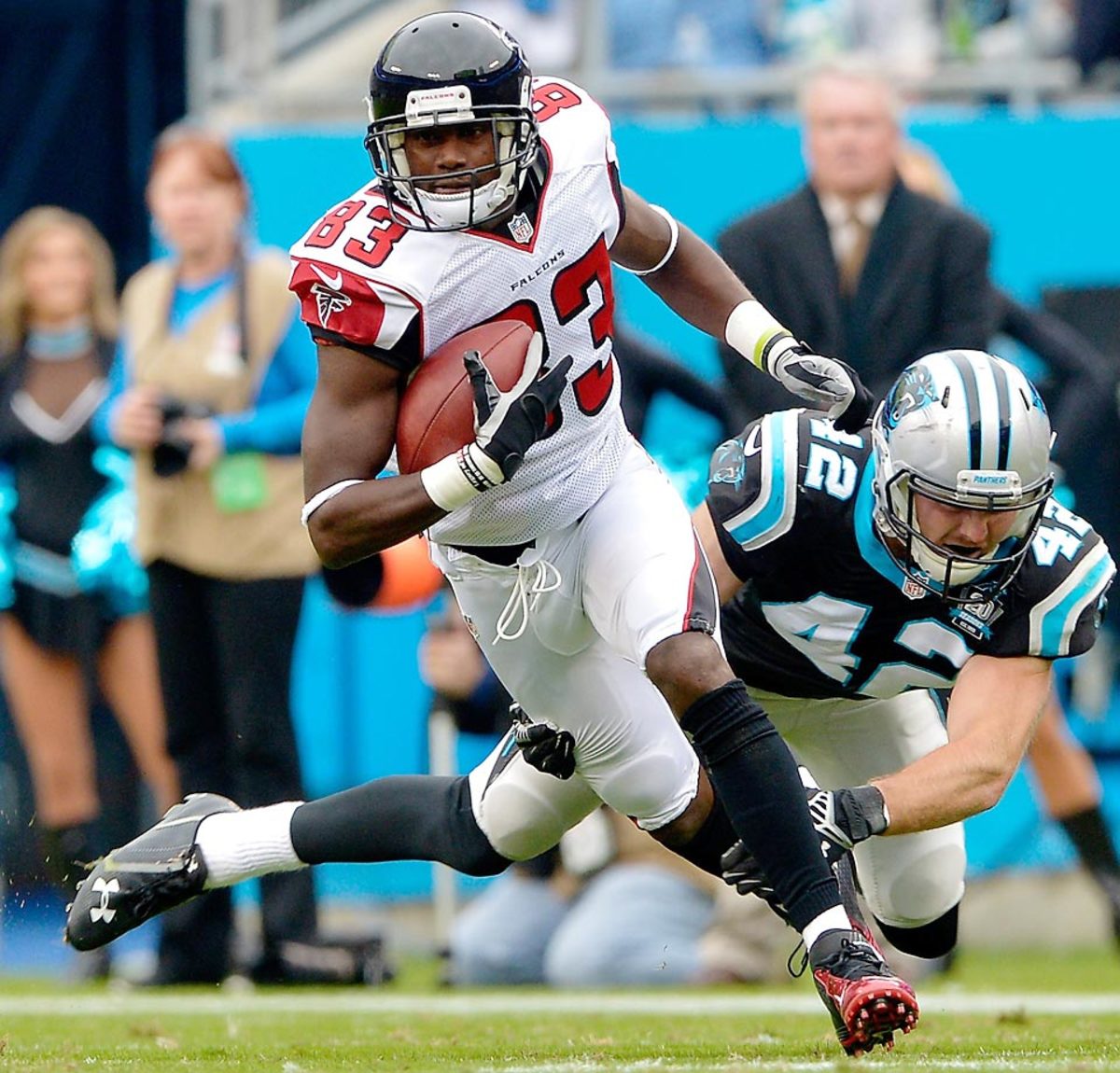
Old team: Falcons; New team: Titans
Ricky Jean-Francois, DT

Old team: Colts; New team: Redskins
A.J. Hawk, LB
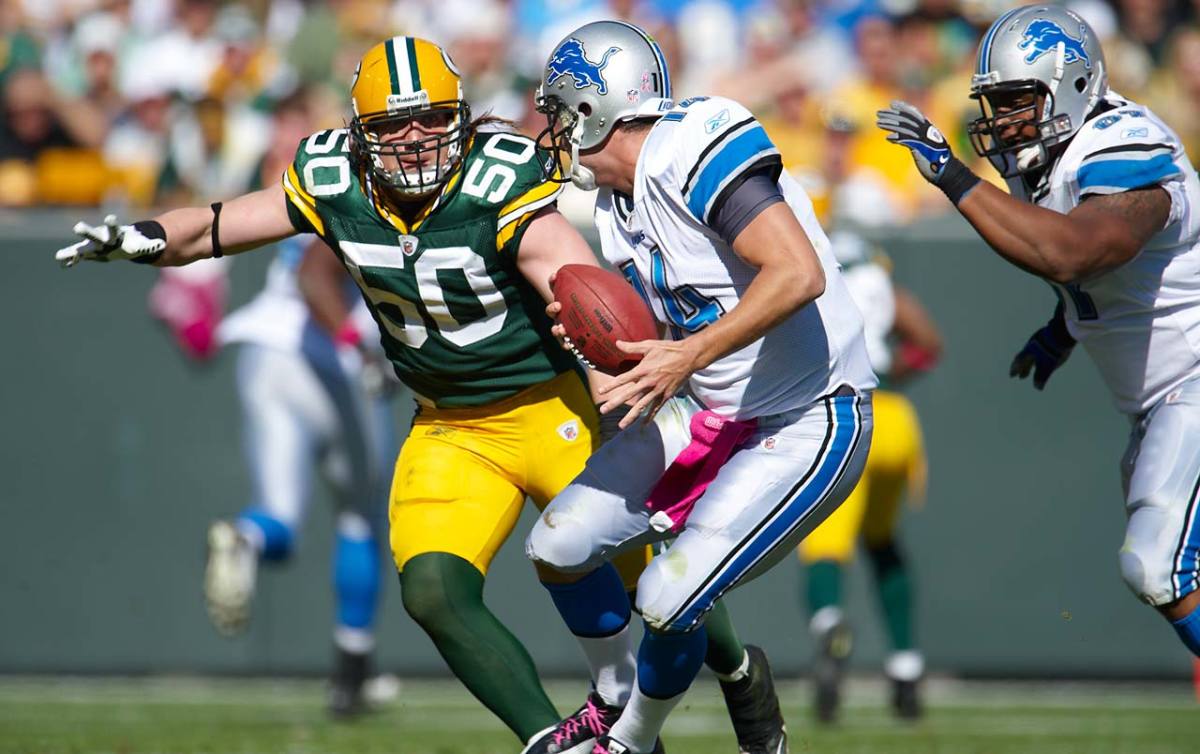
Old team: Packers; New team: Bengals
Tyvon Branch, SS
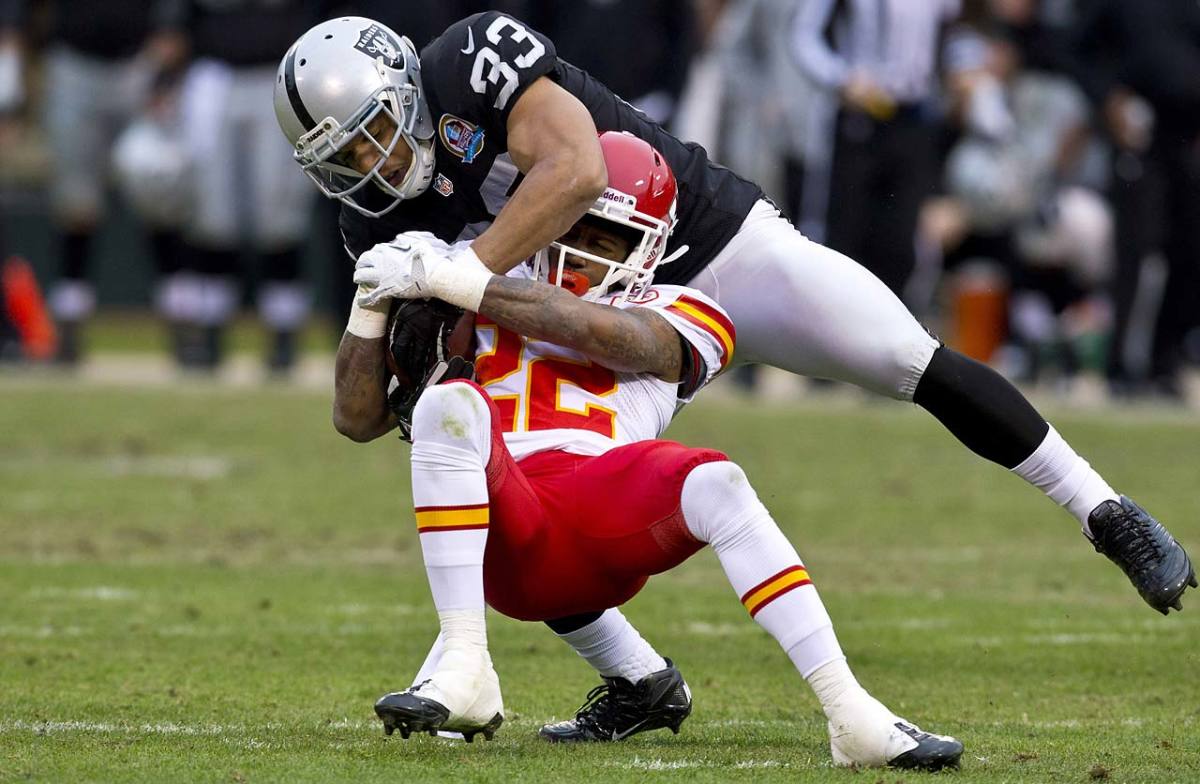
Old team: Raiders; New team: Seahawks
Jordan Cameron, TE

Old team: Browns; New team: Dolphins
Buster Skrine, CB
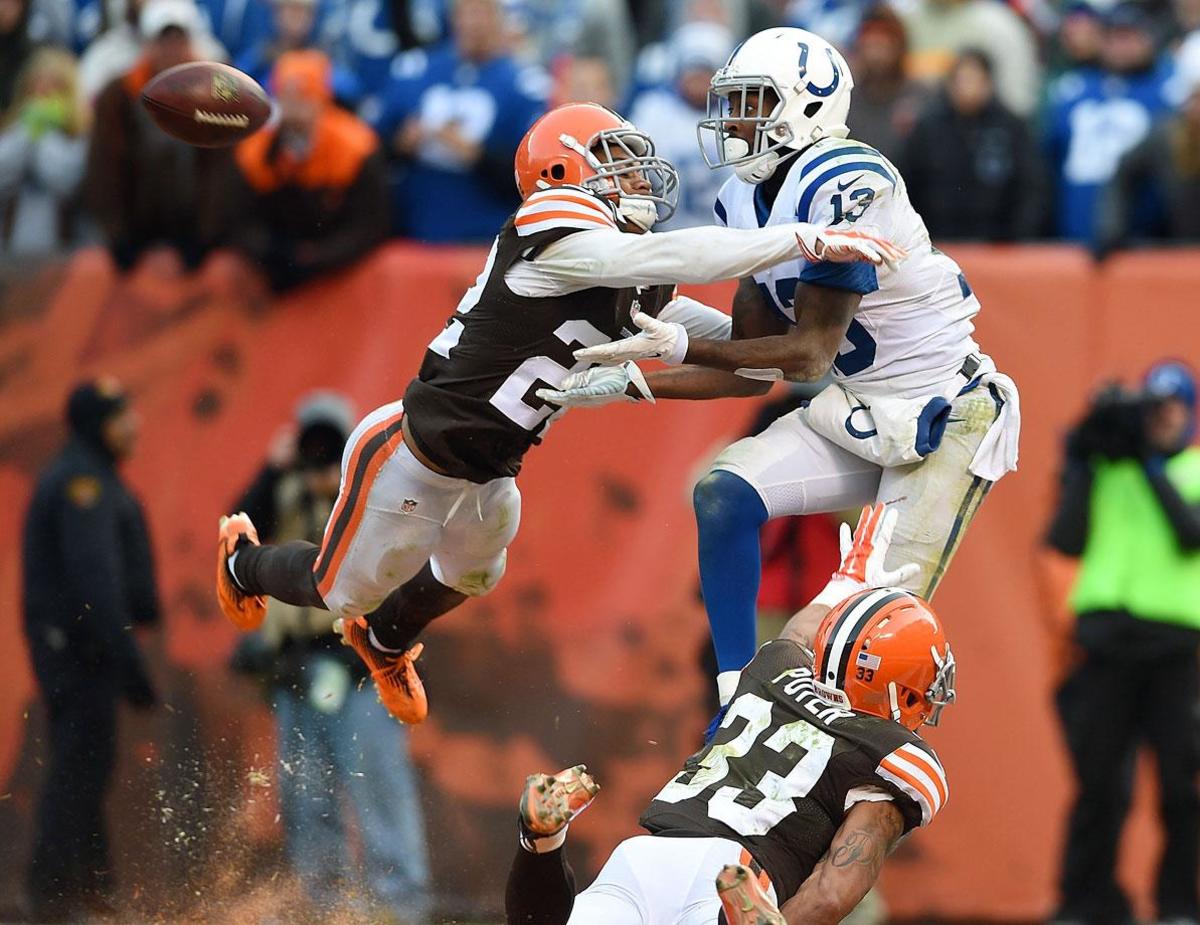
Old team: Browns; New team: Jets
Shaun HIll, QB
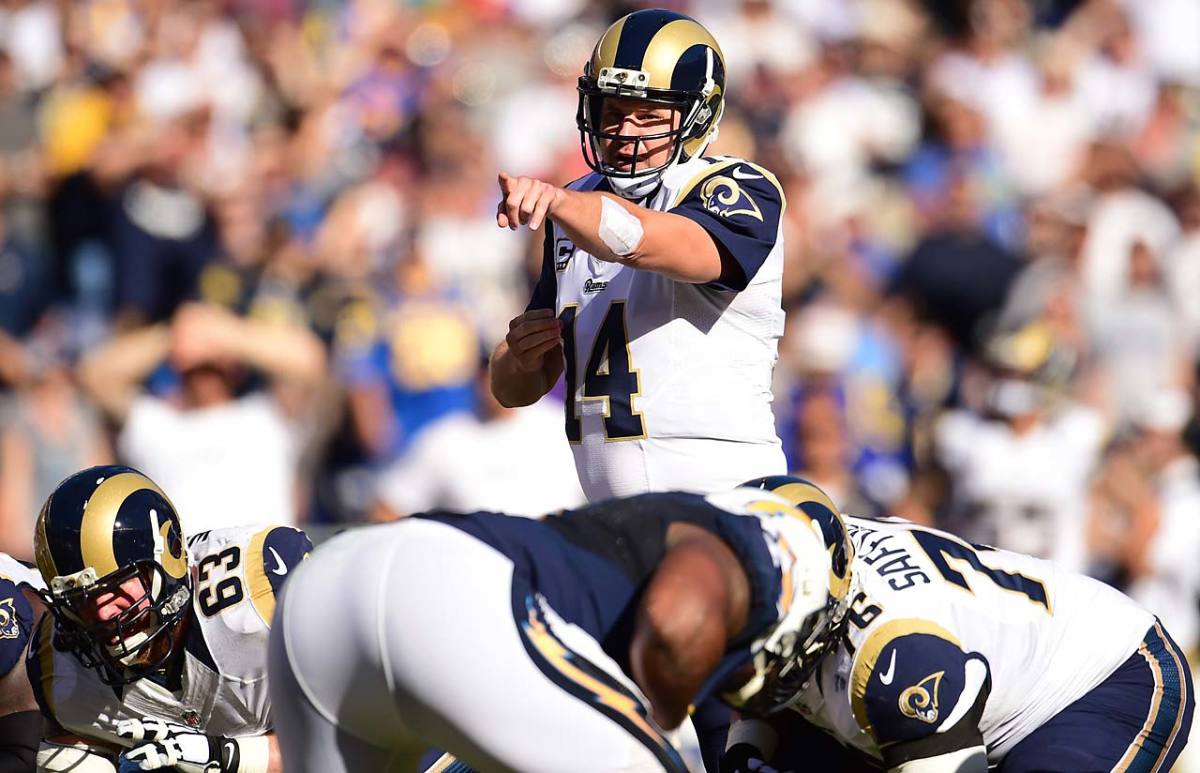
Old team: Rams; New team: Vikings
Dwayne Harris, RB
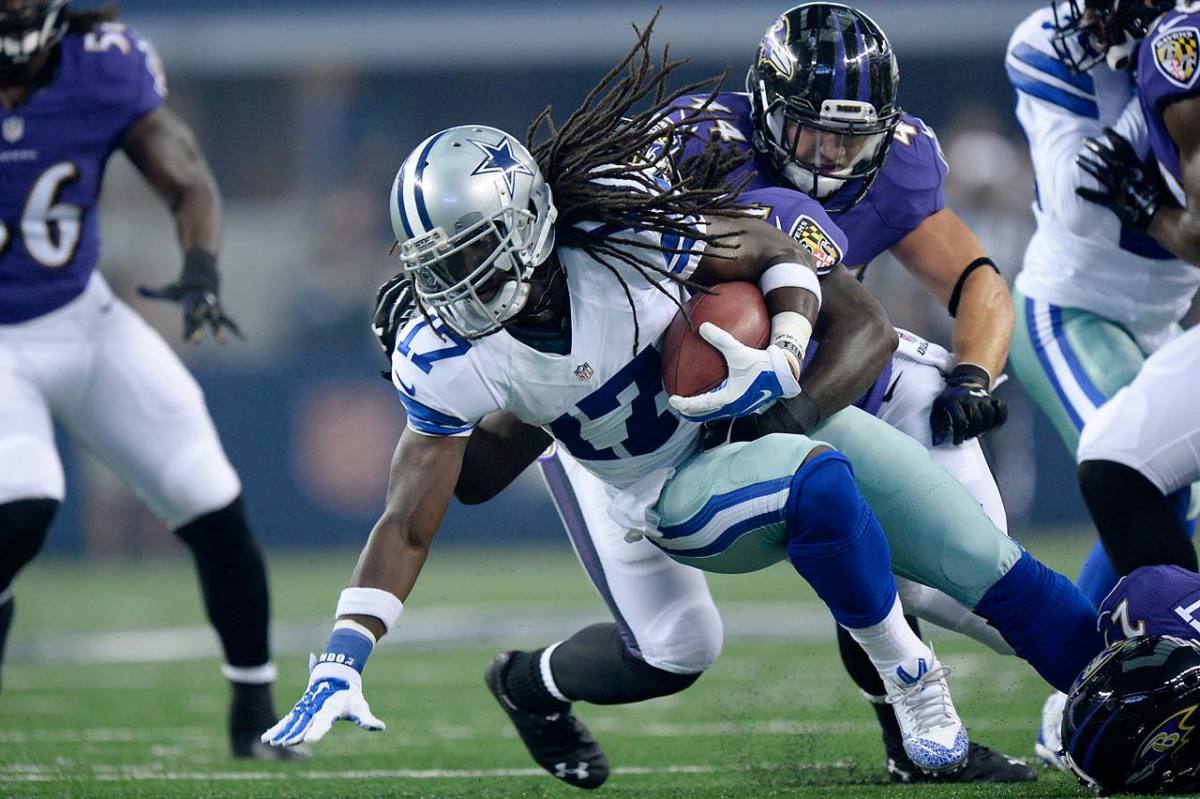
Old team: Cowboys; New team: Giants
Scott Chandler, TE
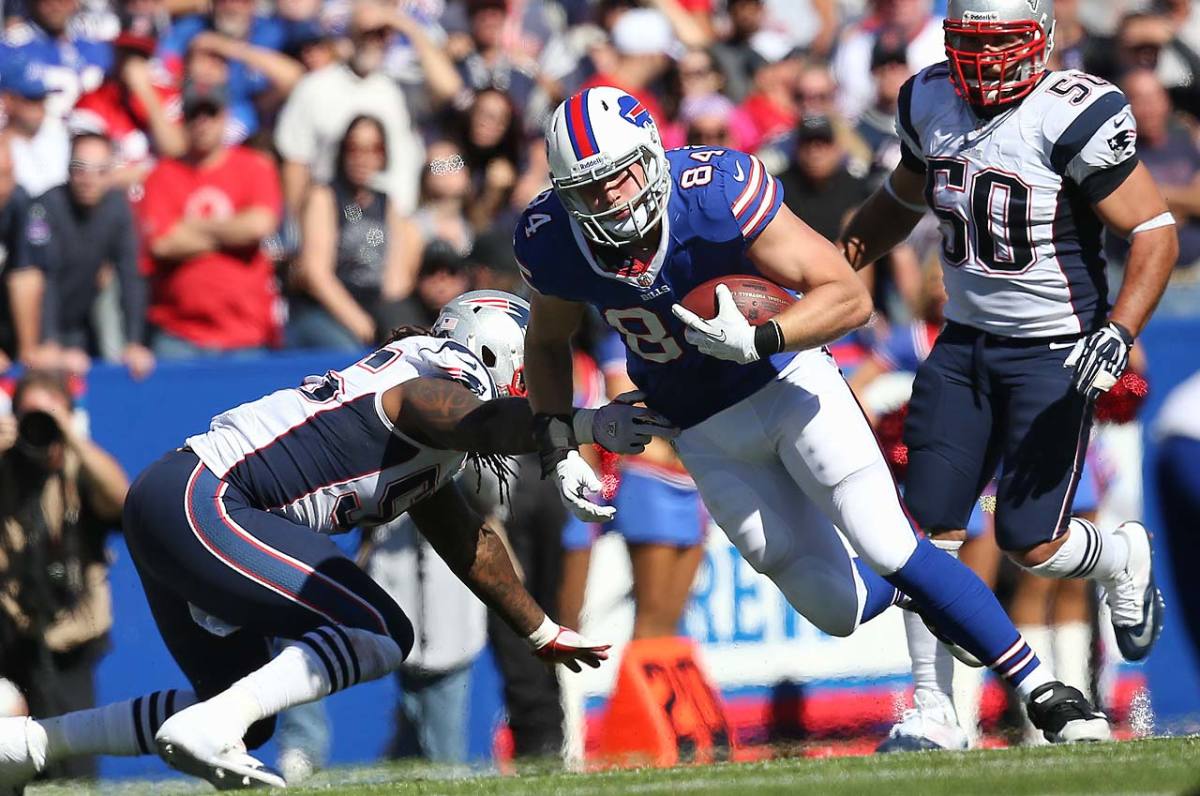
Old team: Bills; New team: Patriots
LaMarr Woodley, LB

Old team: Raiders; New team: Chiefs
Reggie Bush, RB
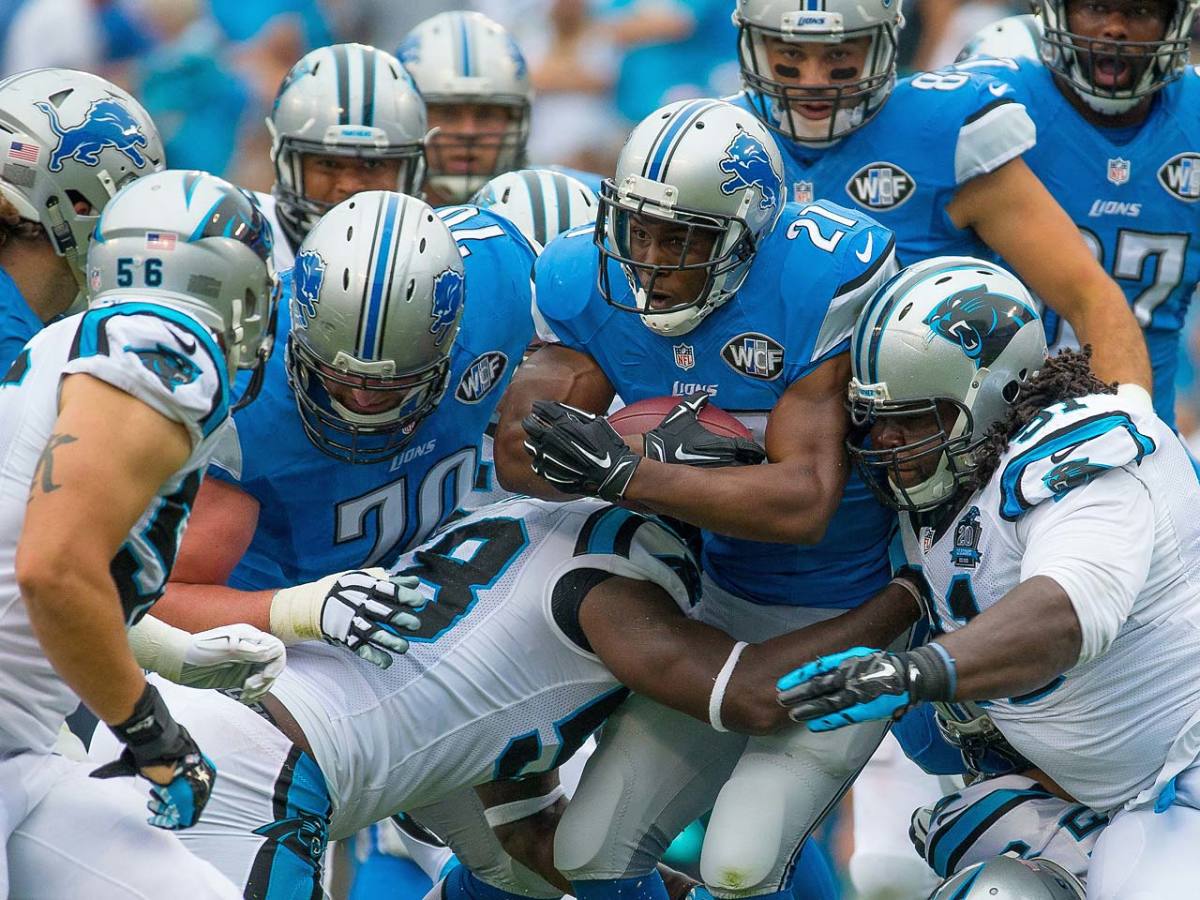
Old team: Lions; New team: 49ers
Dashon Goldson, FS

Old team: Bucs; New team: Redskins
Trent Richardson, RB
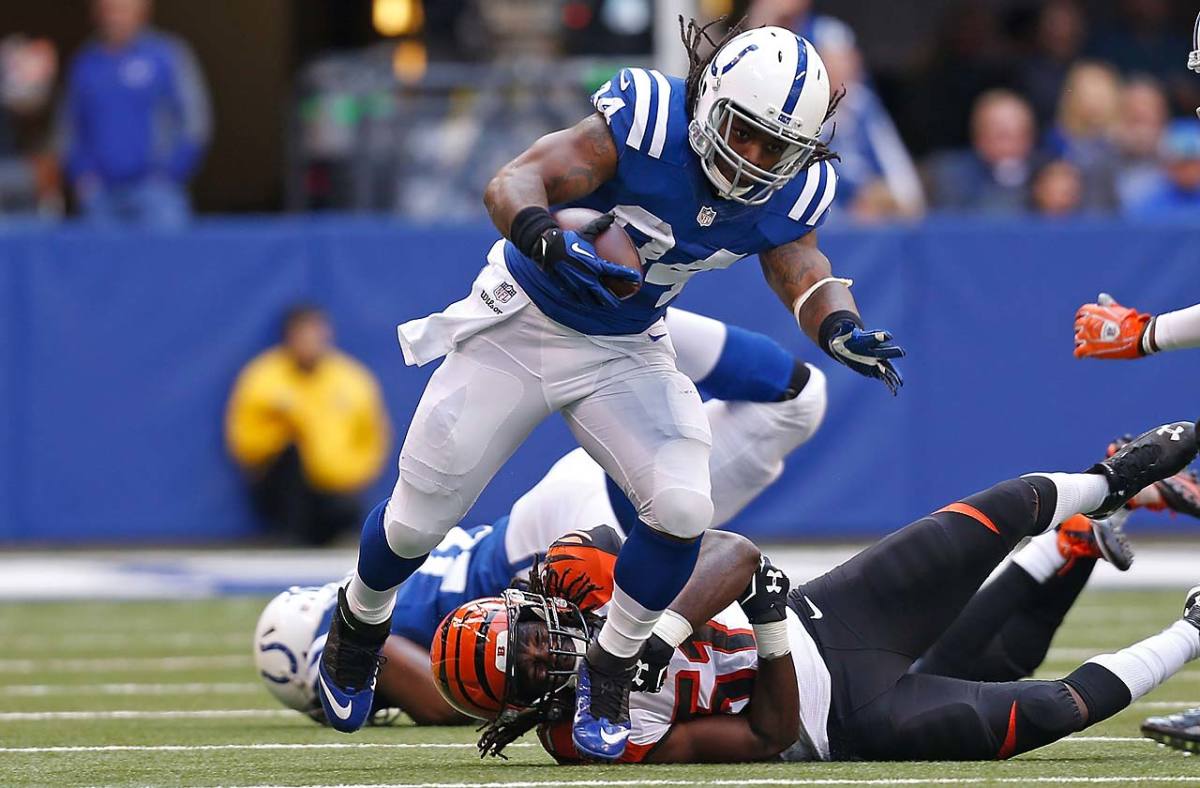
Old team: Colts; New team: Raiders
The likes of Welker, Crabtree, Jennings, Wayne and Nicks didn’t generate the lucrative offers they might have imagined were waiting for them in the market, and the number of truly big-dollar receiver deals this year have been limited to Green Bay’s Randall Cobb ($40 million over four years), Kansas City’s Jeremy Maclin ($55 million over five), San Francisco’s Torrey Smith ($40 million over five) and naturally the two franchise-tagged stars, Dallas’s Dez Bryant and Denver’s Demaryius Thomas, each of whom will receive $12.8 million in 2015.
We’re not suggesting that receiver is the new running back in the NFL, a de-emphasized and somewhat disposable position where a seemingly limitless supply of draft talent tempts teams to consistently go younger and cheaper to fill their needs rather than sink large investments into star veterans, but there are some growing similarities in the fungible approach to staffing the position.
As one veteran club personnel executive told me this week: “Younger receivers are producing earlier and at a greater level than ever before. This in turn has allowed teams to rely on younger, fresher legs as their primary receiving playmakers, and leads to teams trimming cap space by releasing or deciding to not re-sign veterans. More than ever there’s a reluctance to pay much for receivers as they get older and start to break down. The experience factor is still important, but unless the player has elite skills, teams are more willing to spend elsewhere at other spots.’’
Sounds like at least part of a pretty plausible explanation for how proven playmaking receivers such as Andre Johnson, Brandon Marshall, Mike Wallace, Percy Harvin, Dwayne Bowe, Stevie Johnson, Brian Hartline, Jennings, Welker and Wayne have all been deemed expendable by teams this off-season, even after, in many cases, years of great production. When it comes to making a big-money decision on a veteran receiver, it’s easier than ever for teams to say ‘‘The heck with this sizable cap commitment, we’ll just find their replacement in the draft.’’
In last year’s draft, a bevy of teams struck gold, and not just in the top two rounds. Odell Beckham Jr. wowed the league in his boffo 12-game debut with the Giants (91 catches for 1,305 yards and 12 TDs), and other first- or second-round breakout stars included Tampa Bay’s Mike Evans, Carolina’s Kelvin Benjamin, Buffalo’s Sammy Watkins, New Orleans’s Brandin Cooks, Philadelphia’s Jordan Matthews, Green Bay’s Davante Adams, Jacksonville’s Allen Robinson and Miami’s Jarvis Landry.
All told, the first 10 receivers selected last season combined to amass 523 catches for 6,930 yards and a whopping 55 touchdowns in their rookie seasons.
But the bonanza continued in the middle rounds, with Indy’s Donte Moncrief and Arizona’s John Brown turning into third-round finds, Pittsburgh’s Martavis Bryant giving the Steelers a significant return on their fourth-round investment, and Jacksonville unearthing the productive Allen Hurns as an undrafted collegiate free agent.
SI's NFL Portraits Over The Years
Kevin Gogan, 1998

Chad Johnson, 2006

Chance Warmack, 2013

Lamar Lundy, Rosey Grier, Merlin Olsen, Deacon Jones, 2001

Jim Brown, 2011

Lyle Alzado, 1991

Adrian Peterson, 2012

Adrian Peterson, 2013

Dez Bryant, Tony Romo, Jason Witten, 2013
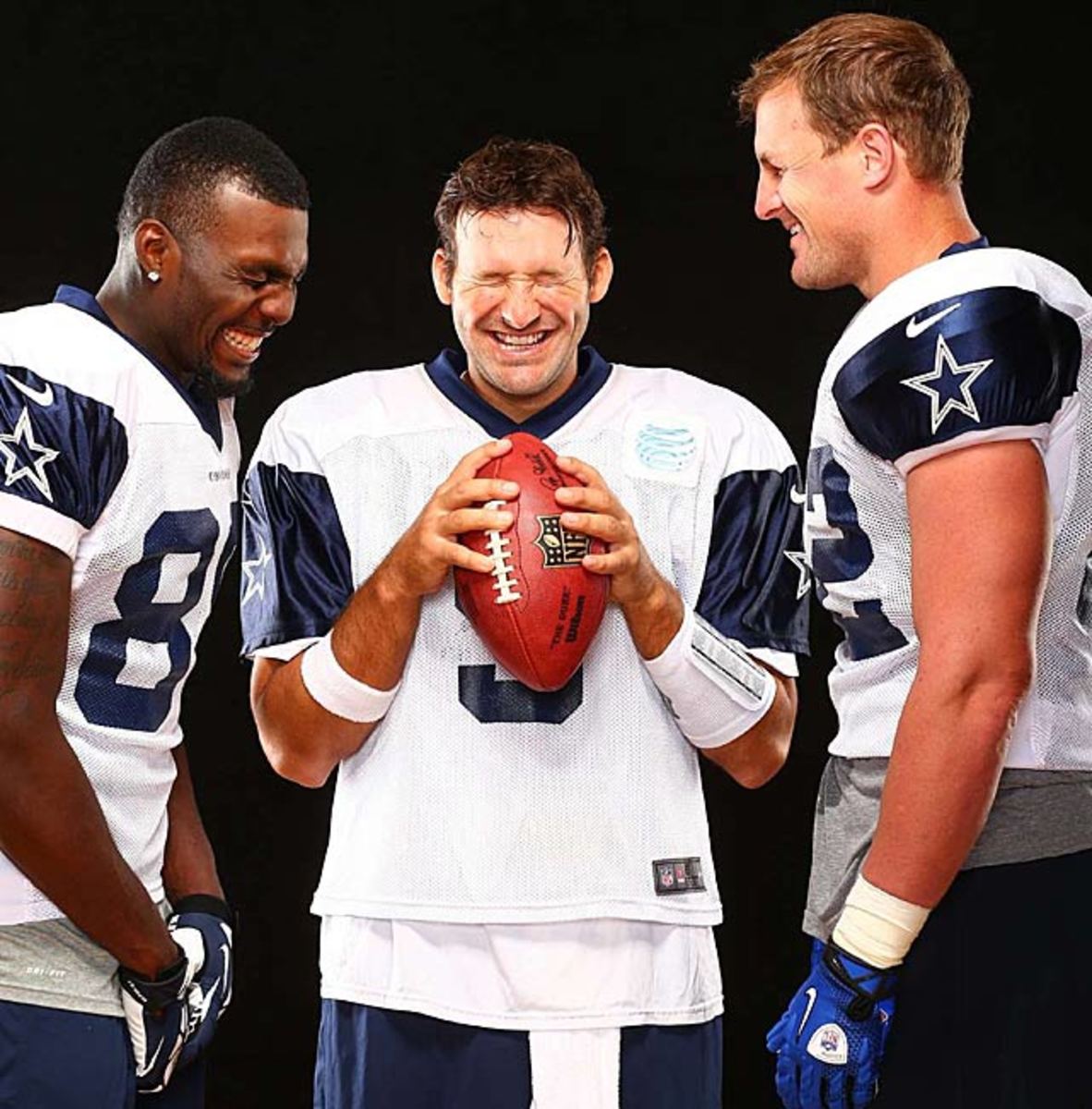
Darnell Dockett, 2013

Earl Campbell, 2001
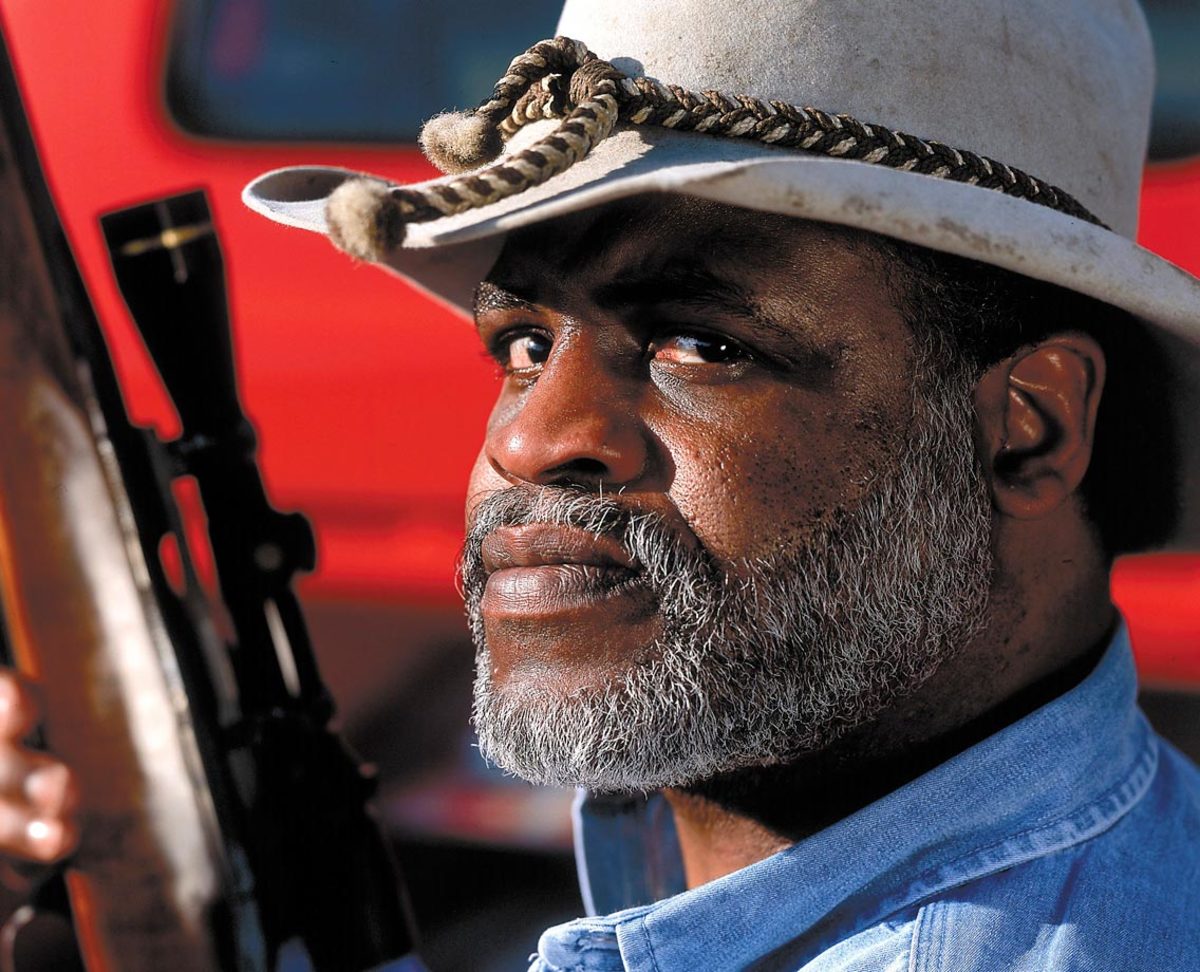
Dennis Dixon, 2008

Chris Johnson, 2013

Rob Gronkowski, 2012

Matthew Stafford, 2014

Manti Te'o, 2013

Calais Campbell, 2011

Marshawn Lynch, 2012

Marshawn Lynch, 2012

Richard Sherman, 2013

Peyton Manning, Wes Welker, Eric Decker, Damaryius Thomas, 2013

Matthew Stafford, Calvin Johnson, 2012
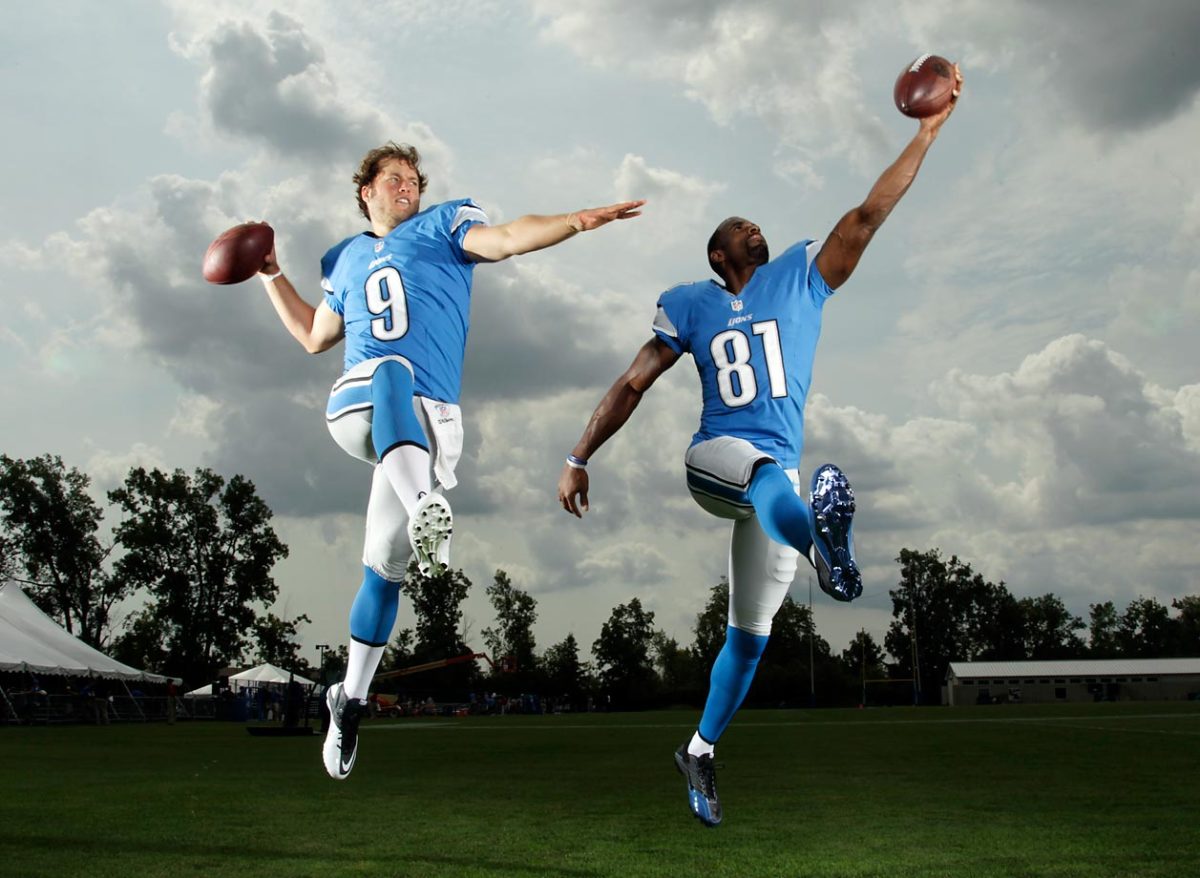
Randy Moss, 1997
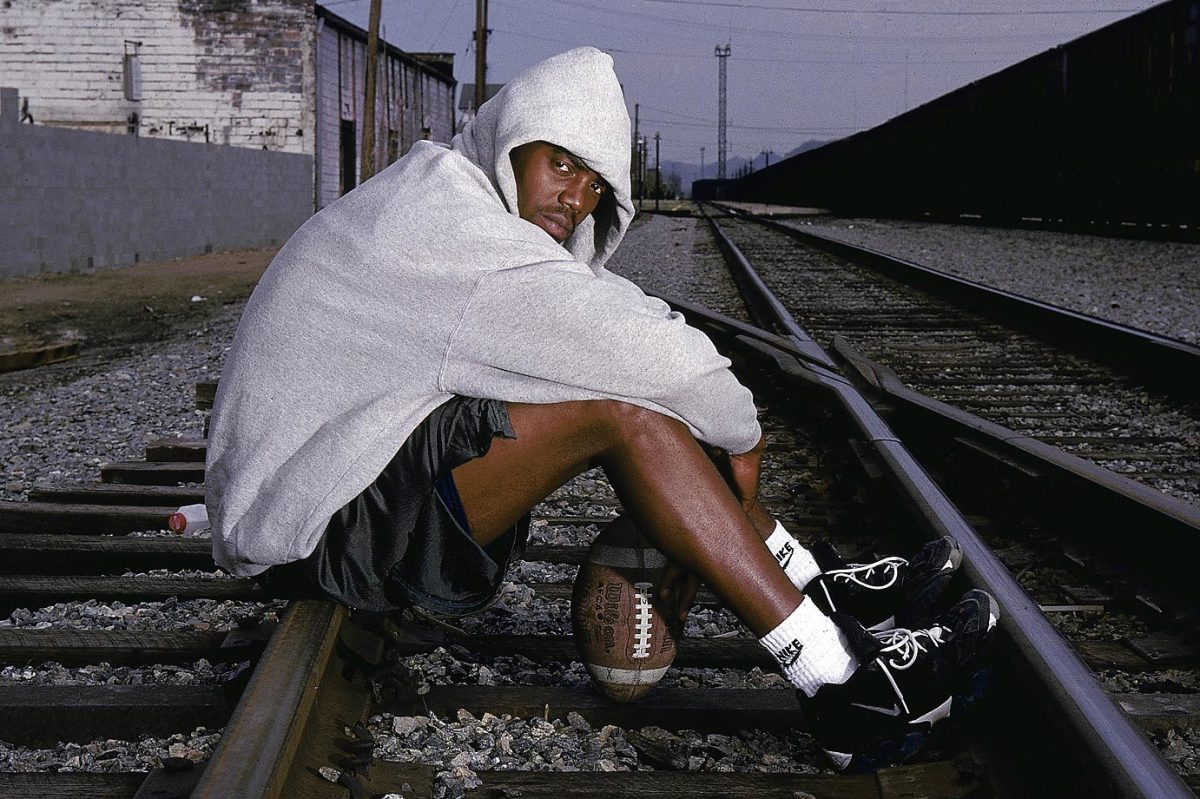
Randy Moss, 2002

Joe Montana, 1995

Osi Umenyiora, 2006
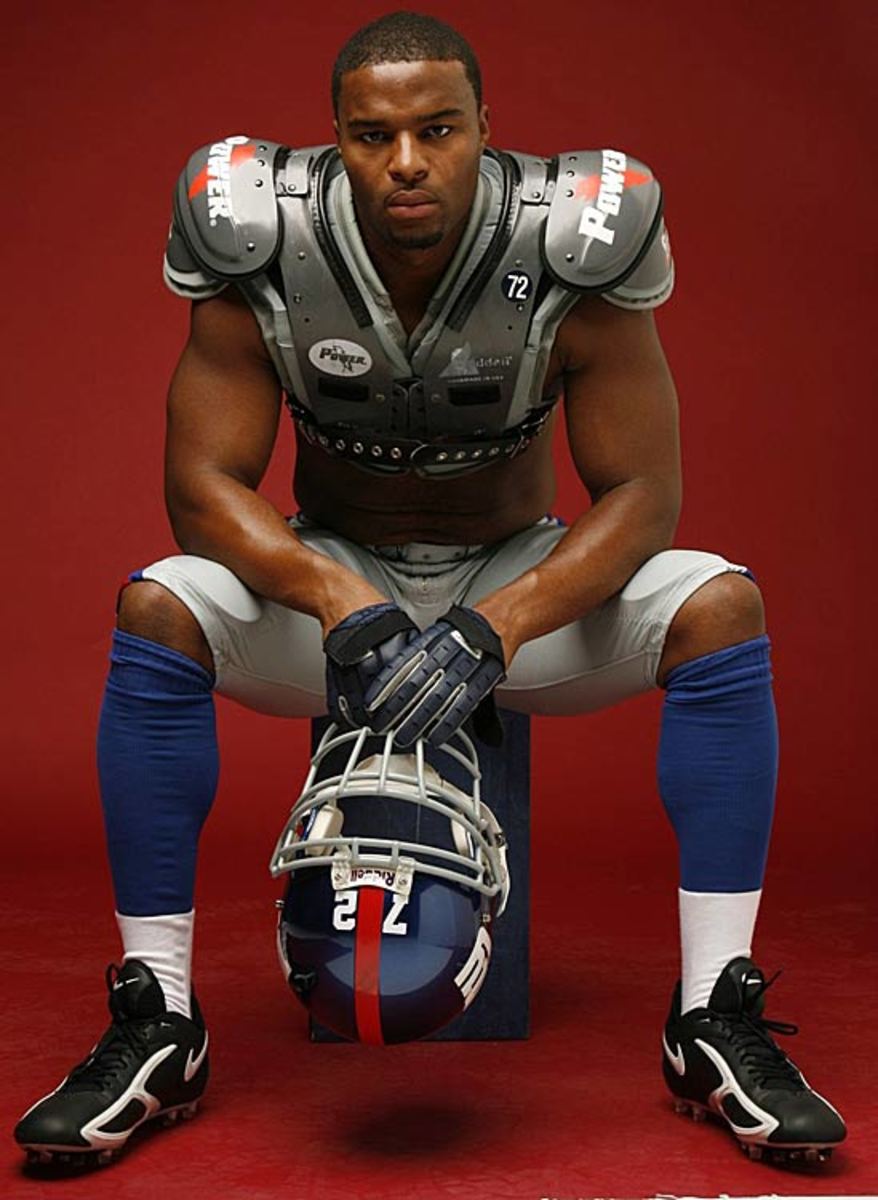
Ray Lewis, 2006

Matt Light, Ray Lewis, Justin Tuck, 2008

Ray Lewis, 2006

Tim Brown, Jerry Rice, 2002
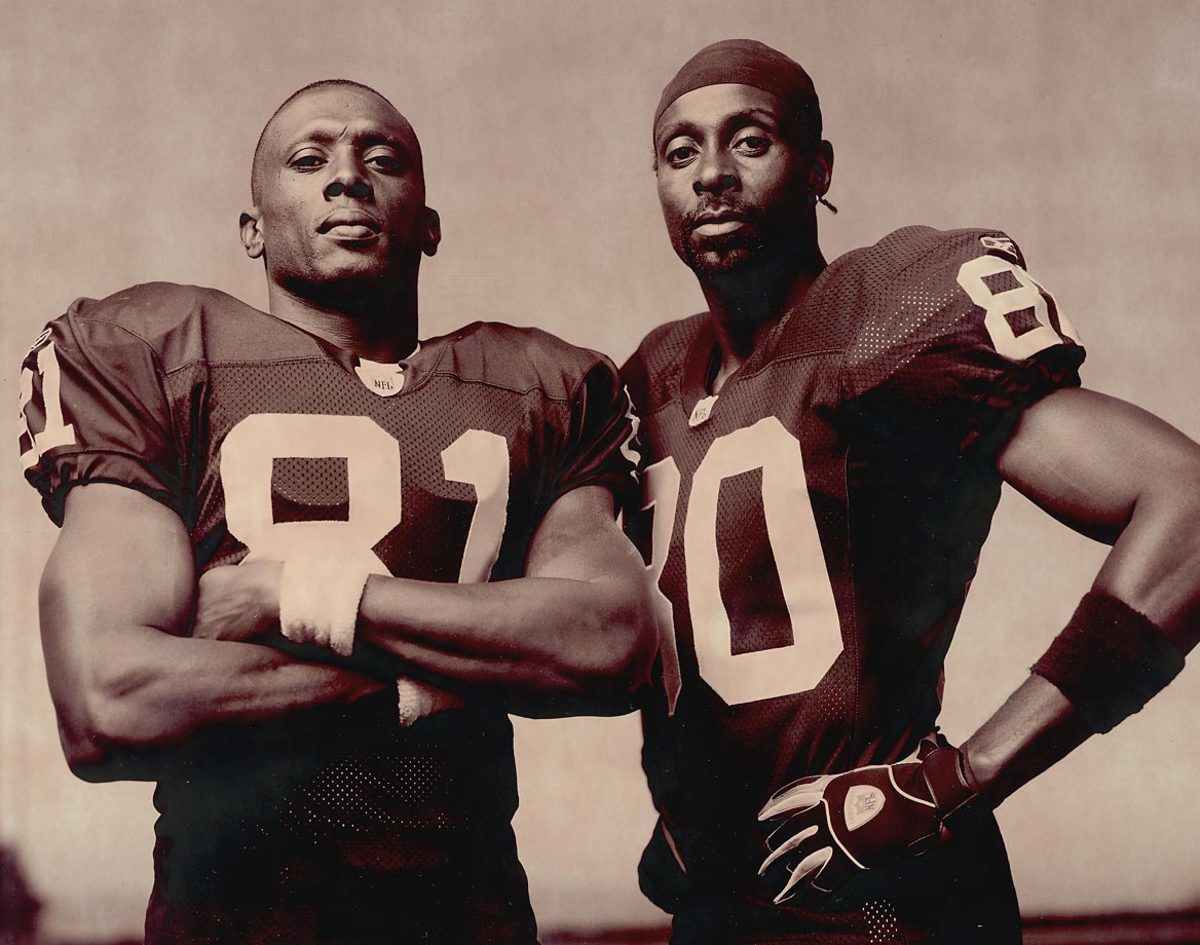
Ricky Williams, 2000

Emmitt Smith, 1996
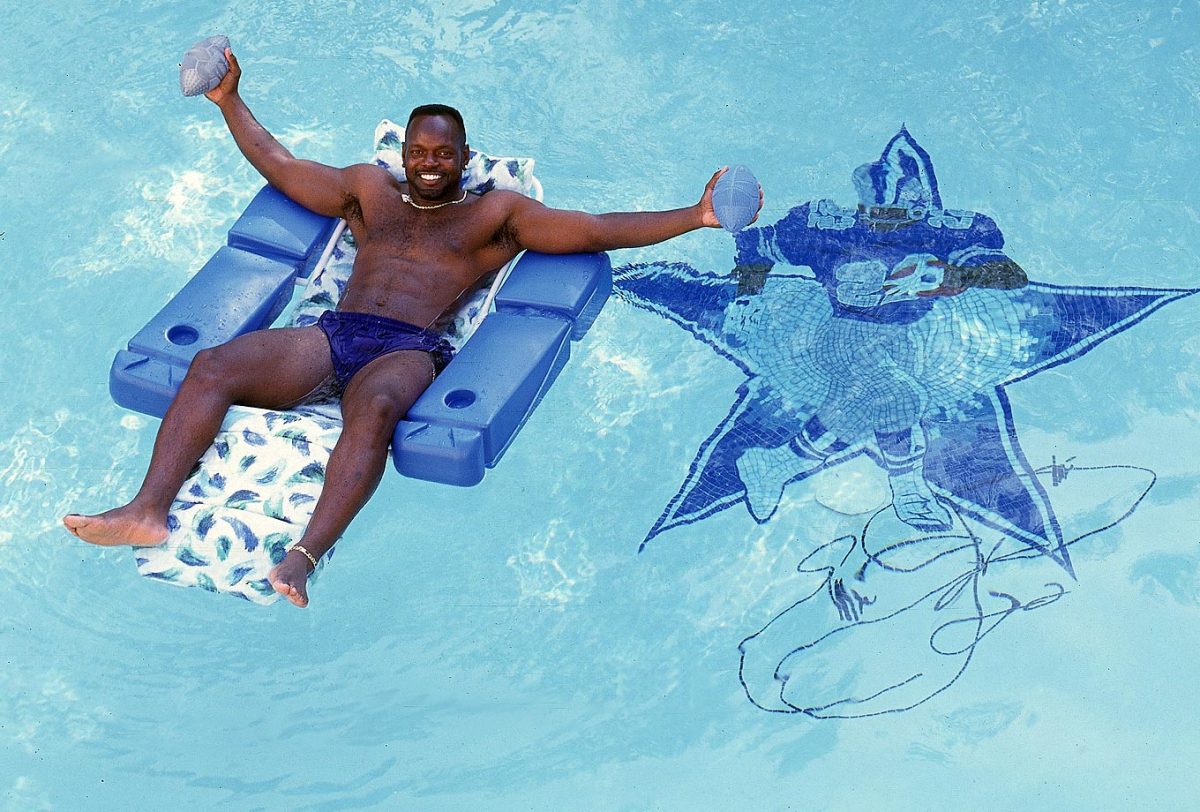
Marshall Faulk, 2001
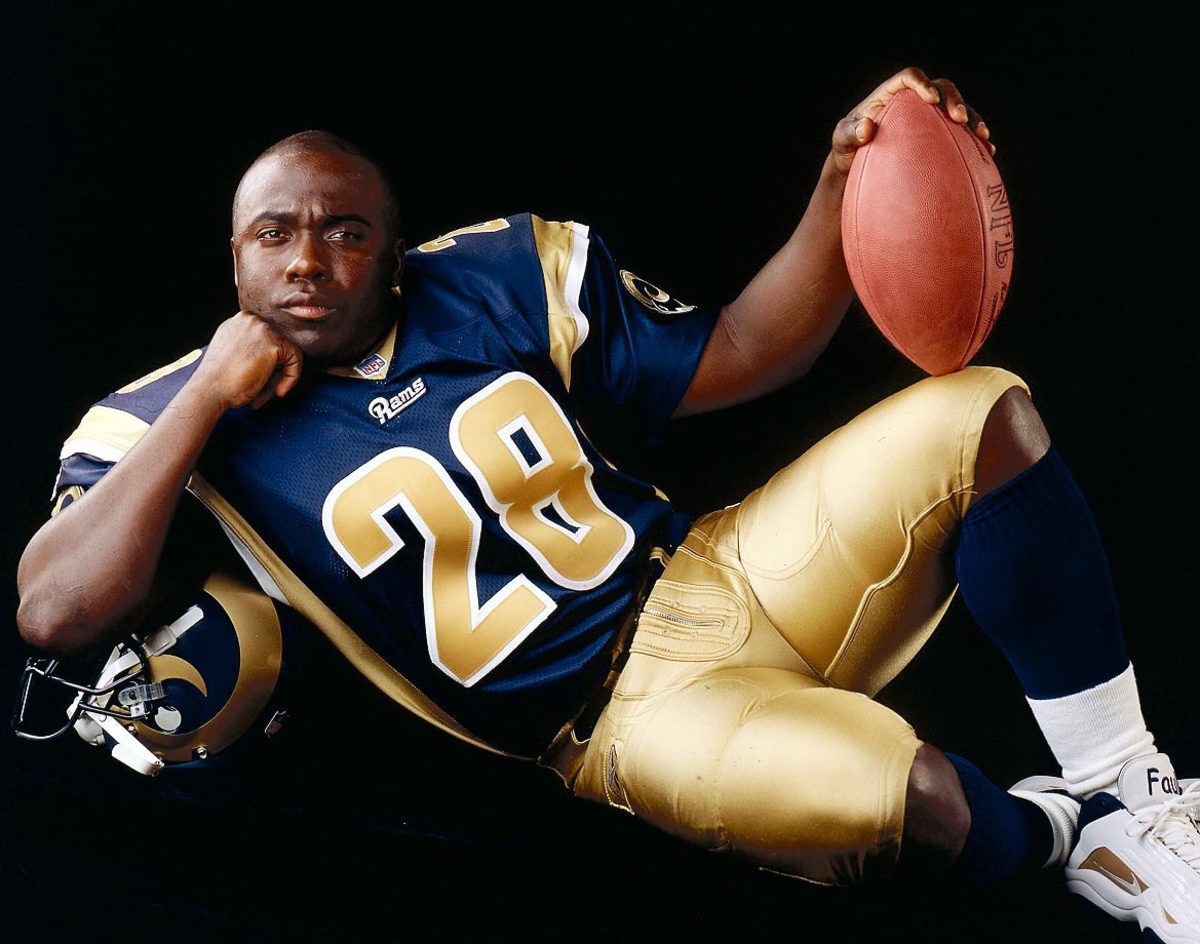
Reggie Bush, 2006

Clay Matthews, Rey Maualuga, Brian Cushing, 2009

Terrell Owens, 2001
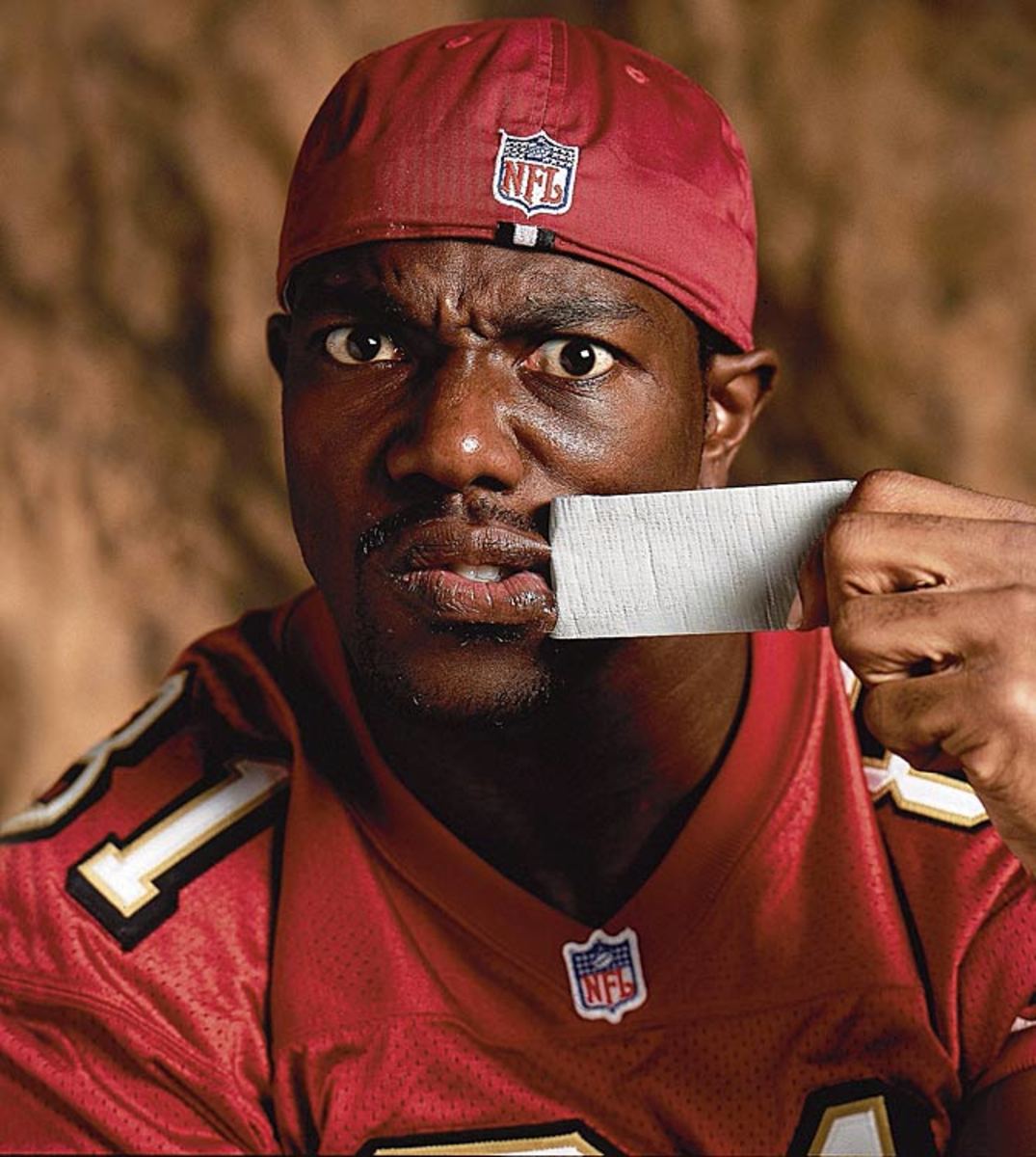
Russell Wilson, 2014

Warren Sapp, 1995
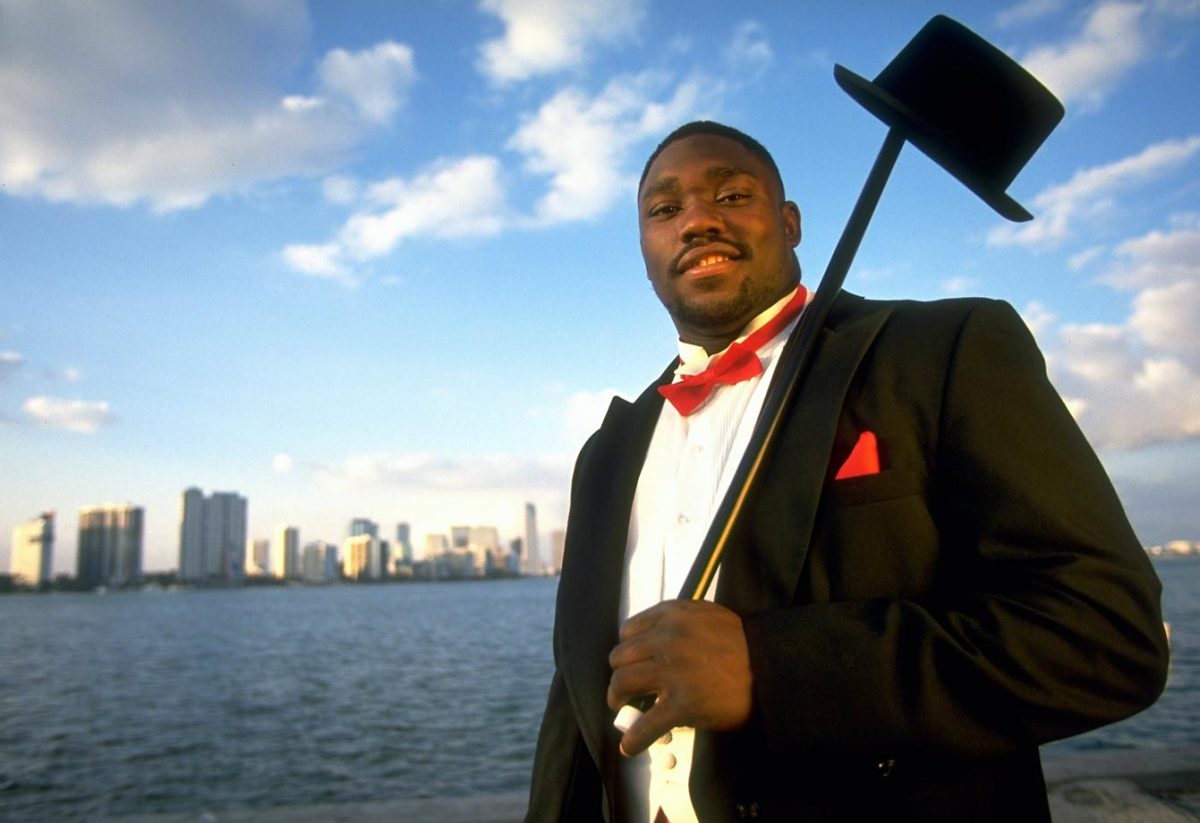
Sebastian Janikowski, 2012

Tom Dempsey, 2012

Emmitt Smith, 2002

Drew Bledsoe, 2002

Joe Namath, 2011

Brett Favre, 2002

John Unitas, 2001

Ray Nitschke, 1968

Drew Brees, 2014

Tedy Bruschi, 2007

Nate Newton, 1995
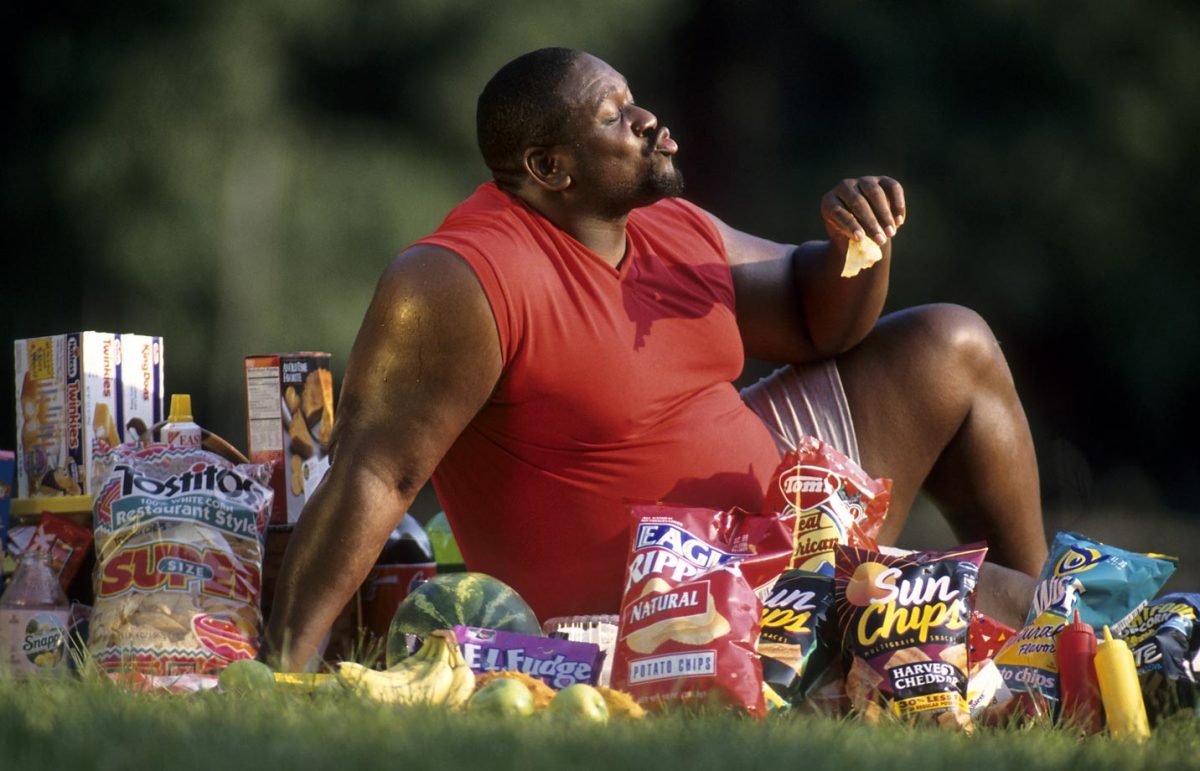
Jim Brown, Ricky Williams, 1999

Russell Wilson, 2013

Drew Brees, 2001
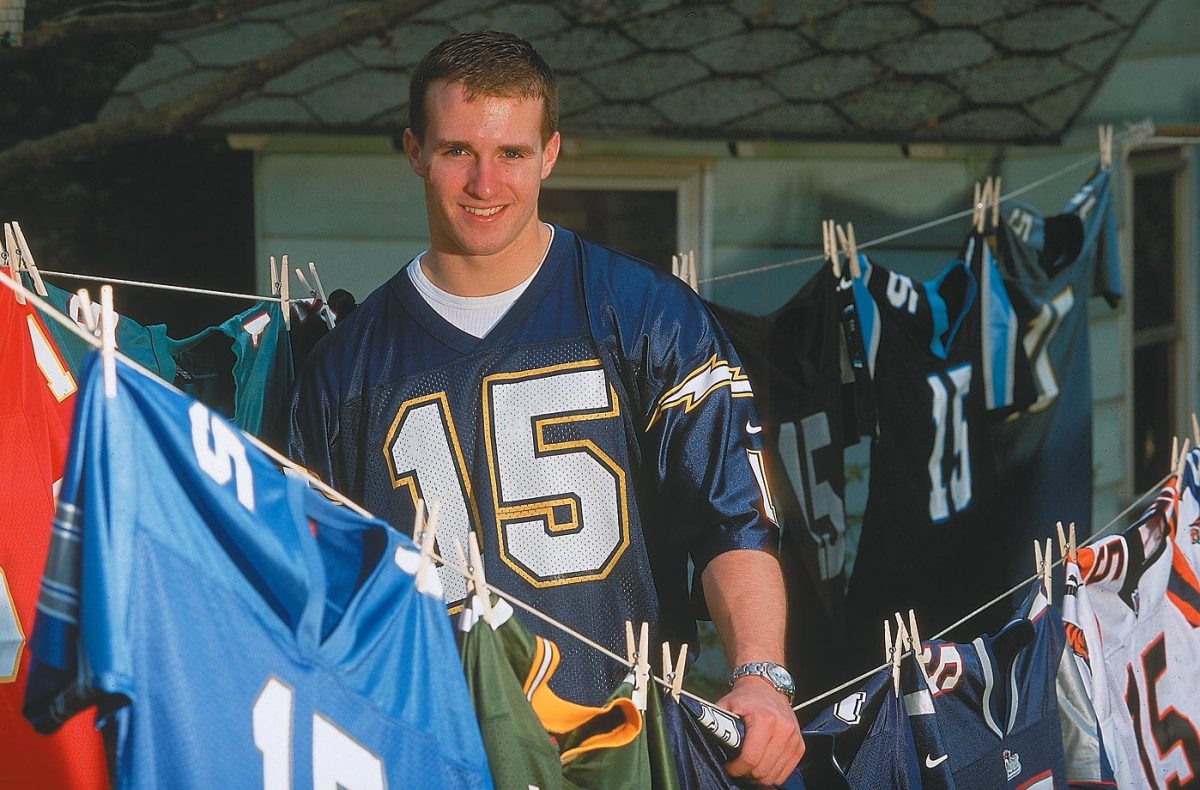
John Unitas, Don Shula, 1964

Anthony Gonzalez, 2007
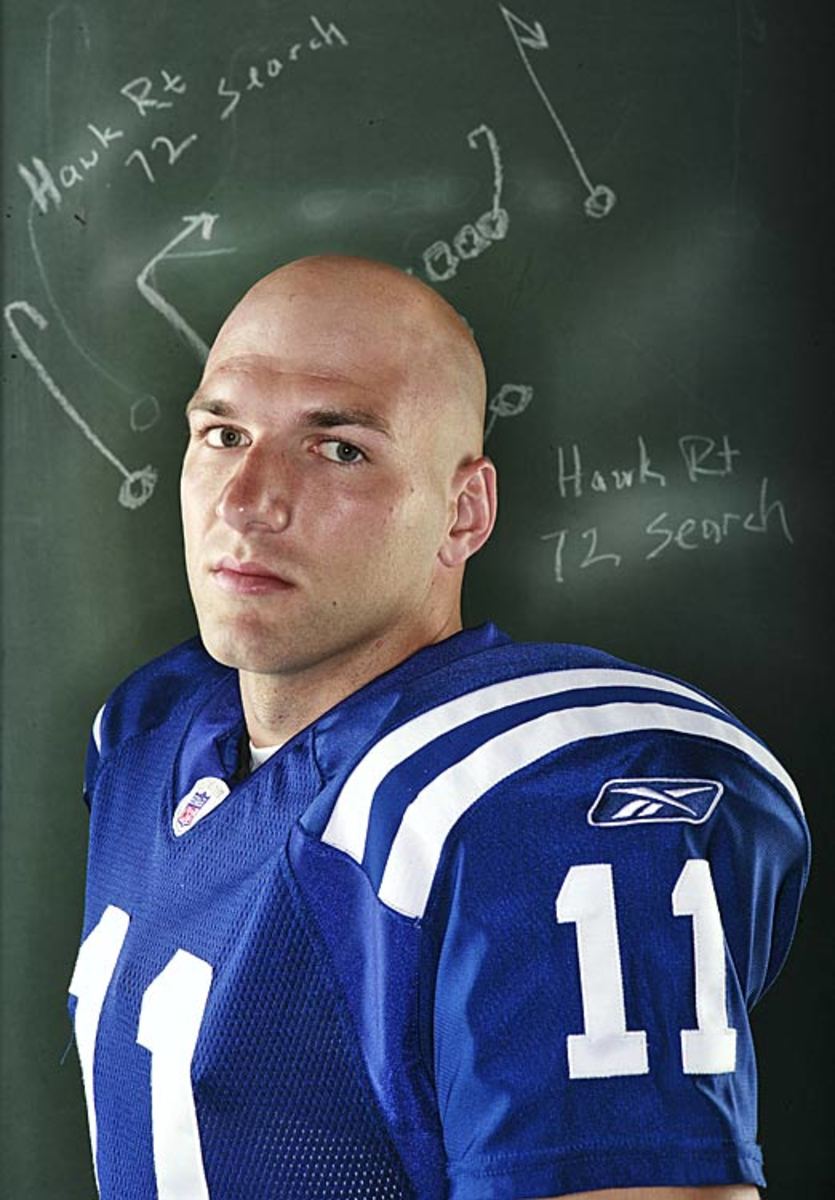
Donovan McNabb, Terrell Owens, 2004
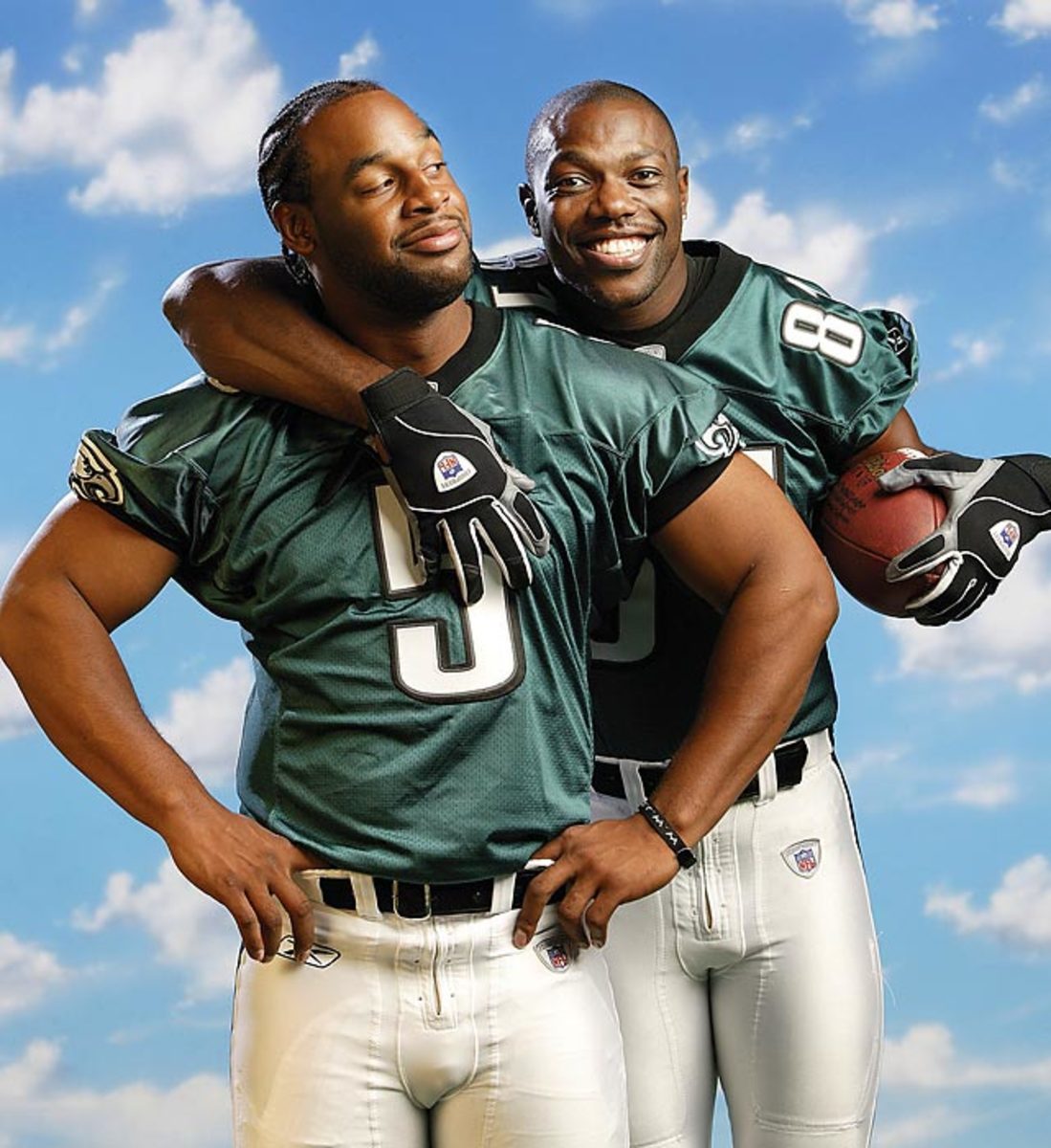
Steve Smith Sr., 2014

Darrelle Revis, 2013

Colin Kaepernick, 2014

Chris Simms, 2006

Brian Urlacher, 2002

Richard Sherman and Legion of Boom, 2015

And teams seem equally giddy about the receiving prospects available in this year’s seven-round pick-fest, which opens on the night of April 30 in Chicago. Mike Mayock, a draft analyst for NFL Media, projects four receivers to be taken in the top-20 picks, and at least five in the first round. West Virginia’s Kevin White, Alabama’s Amari Cooper, Louisville’s DeVante Parker and Central Florida’s Breshad Perriman are now seen as first-round locks, with Arizona State’s Jaelen Strong and Oklahoma’s Dorial Green-Beckham given a chance to go near the bottom of the opening round.
But once again, it’s the depth of this year’s receiver class that has teams eager with anticipation, with plentiful playmaking options available on both the second and third days of the draft.
“The receiver position, I think there is some depth there,” Chiefs general manager John Dorsey said at February’s NFL scouting combine, with Kansas City being one of the most receiver-needy teams, after failing to record a touchdown by a wide receiver in 2014. “They are very similar to the draft class of last year, but I think the overall depth of this class speaks volumes. There are players to be had in this draft class that can help contribute.”
NFL Network analyst Bucky Brooks echoed that optimism, saying the receivers in this year’s draft take a backseat to no one.
“The strength of this draft is the wide receiver position,” Brooks told KCChiefs.com. “I think the receivers are deep and talented. I think there’s a bunch of guys you can get in multiple rounds that can come in and help you.”
It’s the reality of that draft depth again this year that has made it a difficult free-agent market for all but the elite receivers who entered it. Given the mini-glut of veterans who hit free agency this year, those who did find suitors largely had to take relatively short and modest deals, with no one breaking the bank among the likes of Dwayne Bowe (Browns), Eddie Royal (Bears), Jacoby Jones (Chargers), Cecil Shorts (Texans), Andre Johnson (Colts), Percy Harvin (Bills), Brian Hartline (Browns), Stevie Johnson (Chargers), Kenny Britt (Rams), Miles Austin (Eagles), Harry Douglas (Titans), Ted Ginn (Panthers), Brandon Tate (Bengals) and Nate Washington (Texans).
Elite receivers still may not be growing on trees in the pass-happy NFL, but thanks to the 2014-15 draft classes, teams can be pickier than ever and considerably more patient when it comes to locking up veteran pass-catchers with costly paydays. The market is shifting ever younger, and finding receivers who can make an early impact has never looked more within reach.
